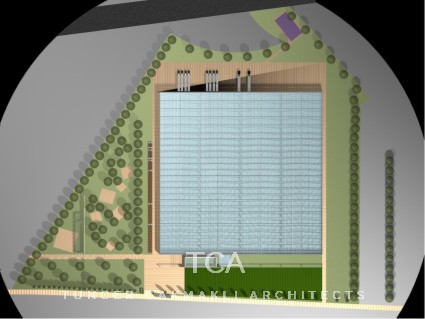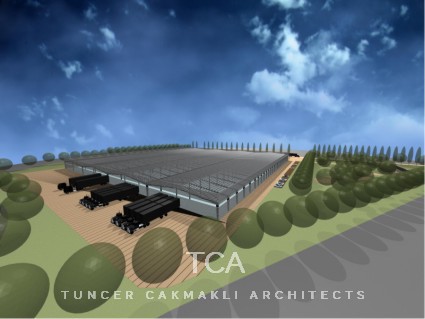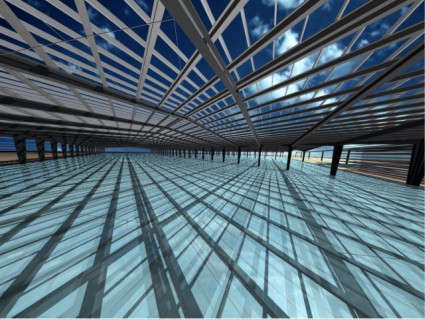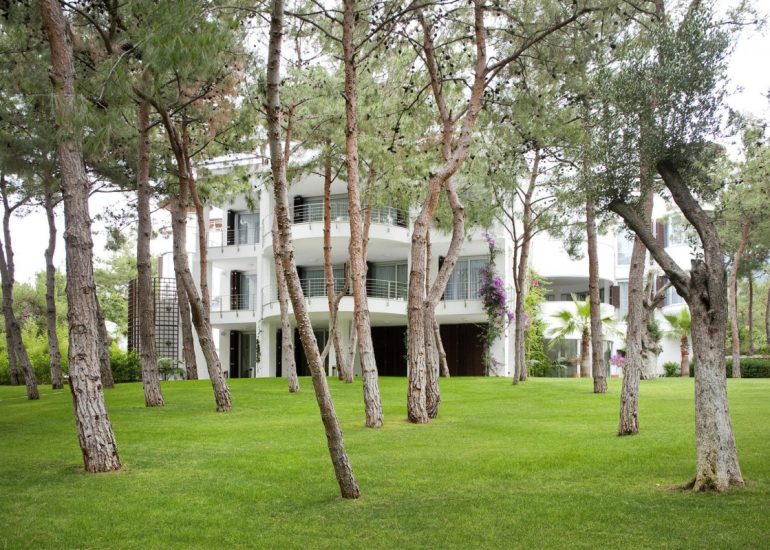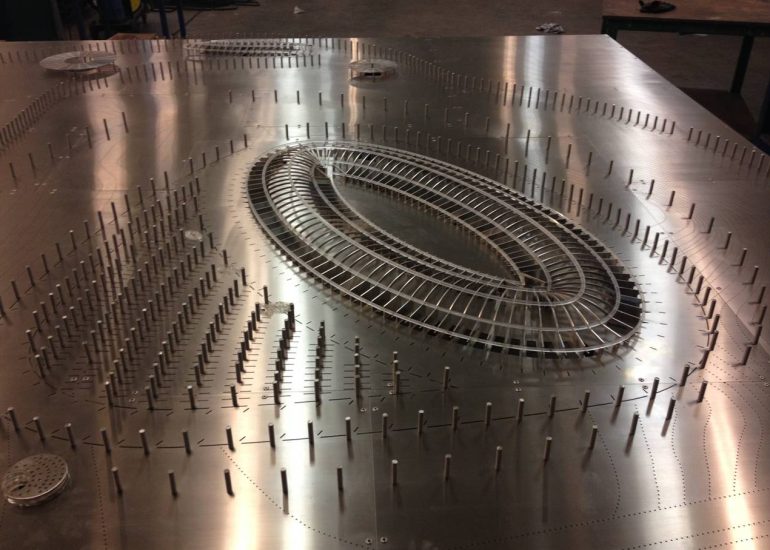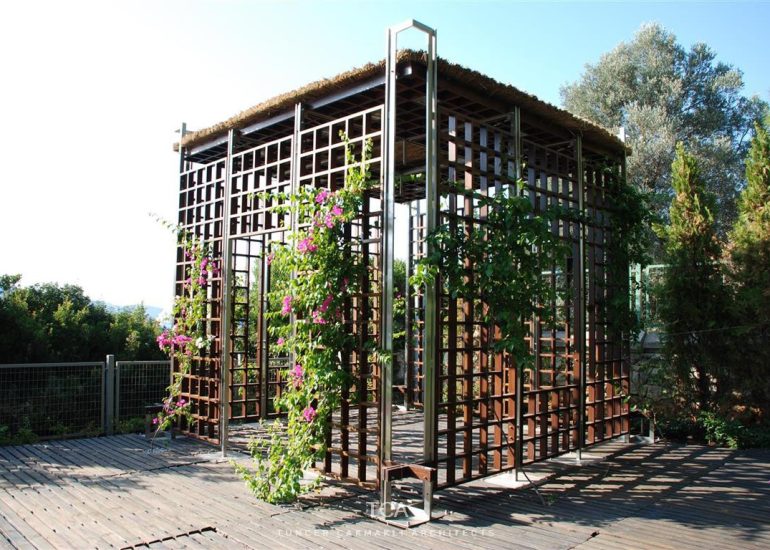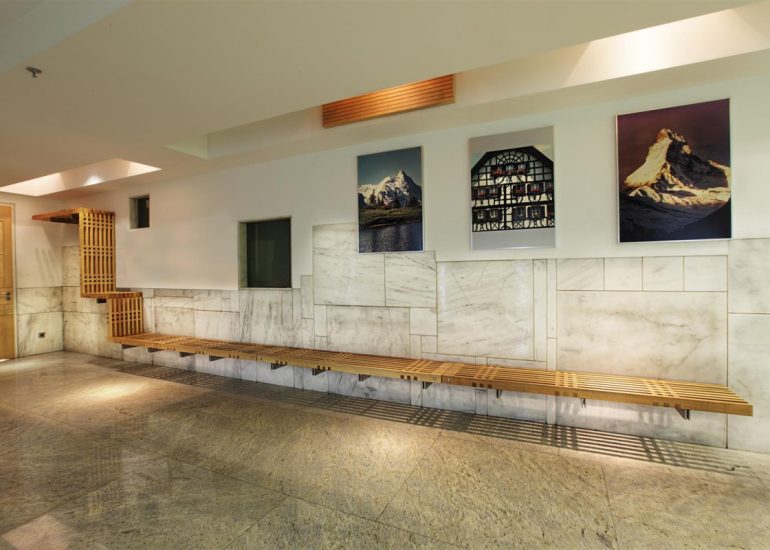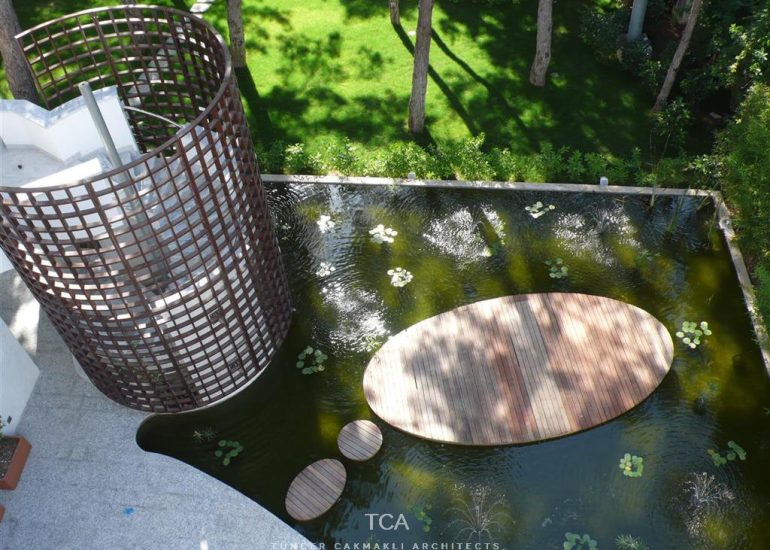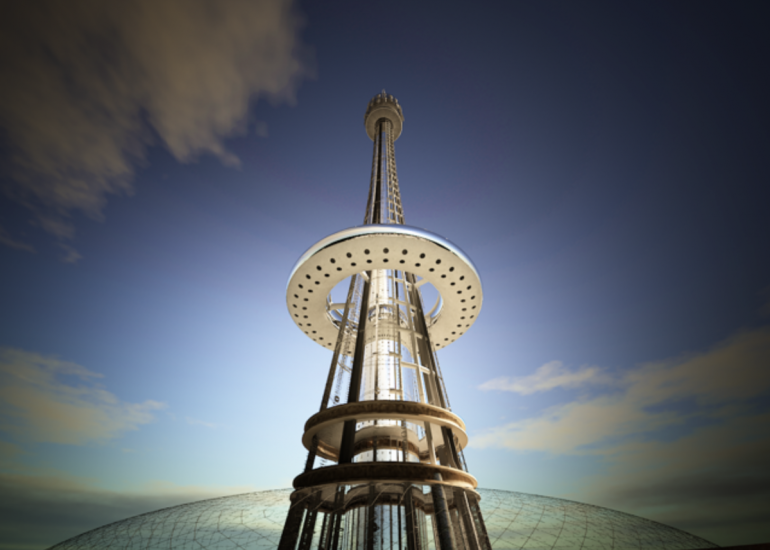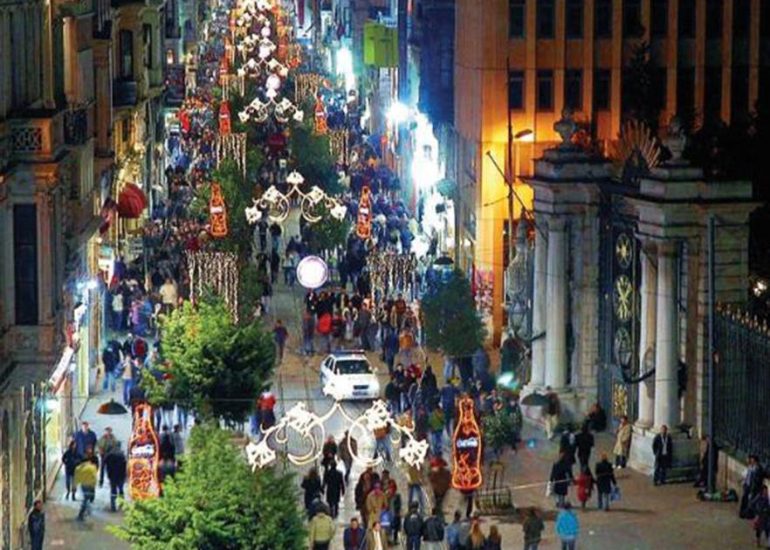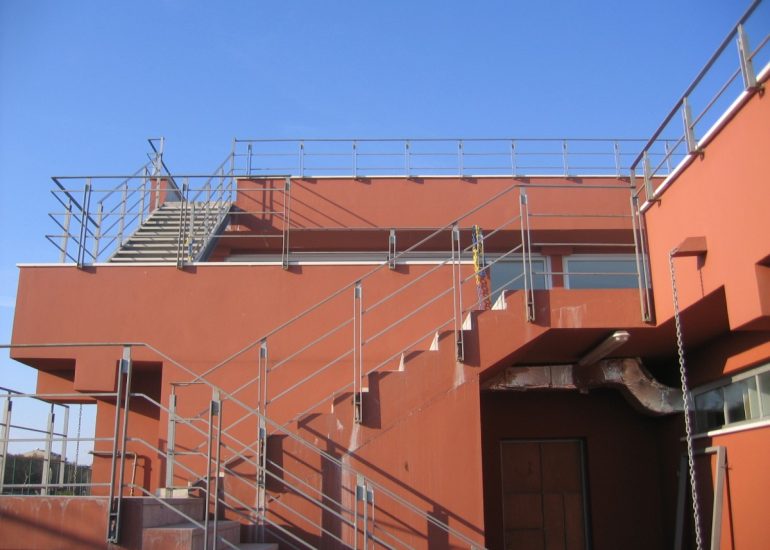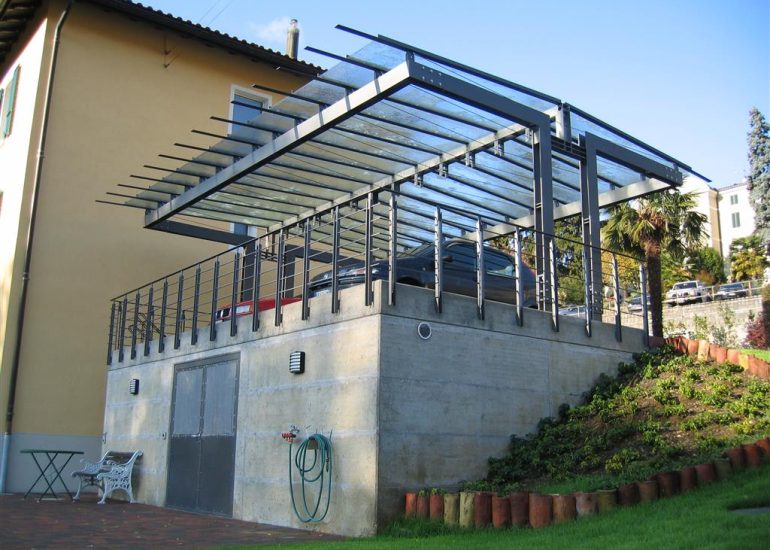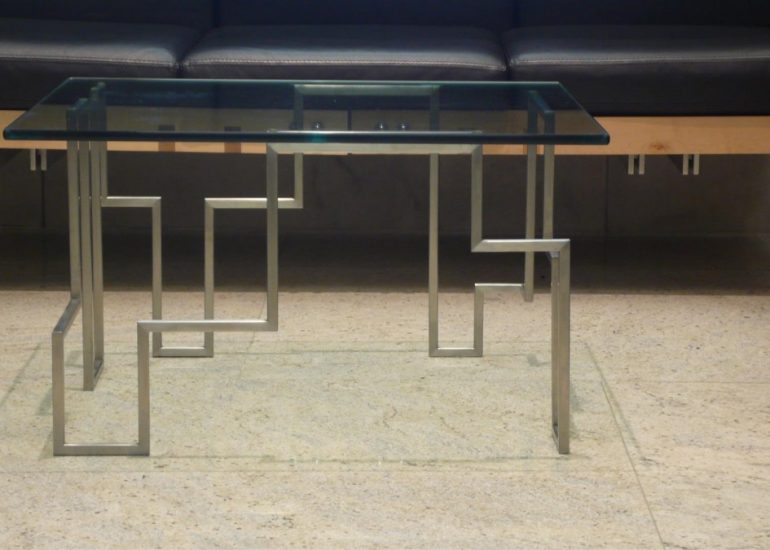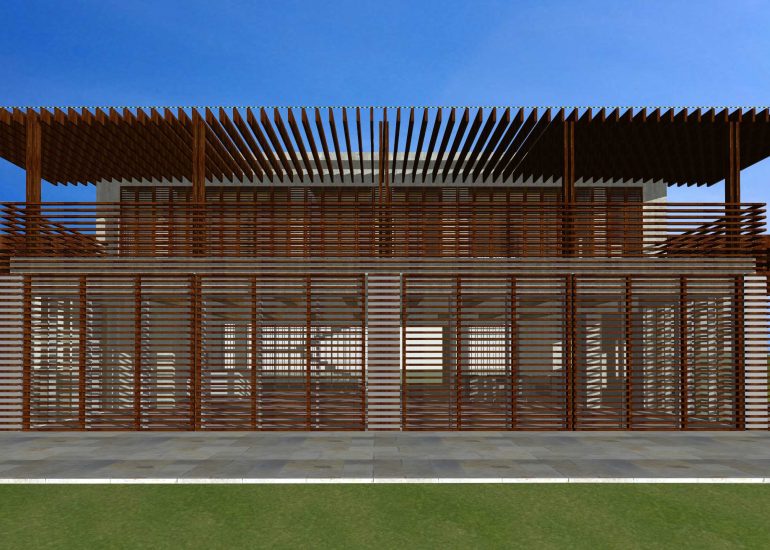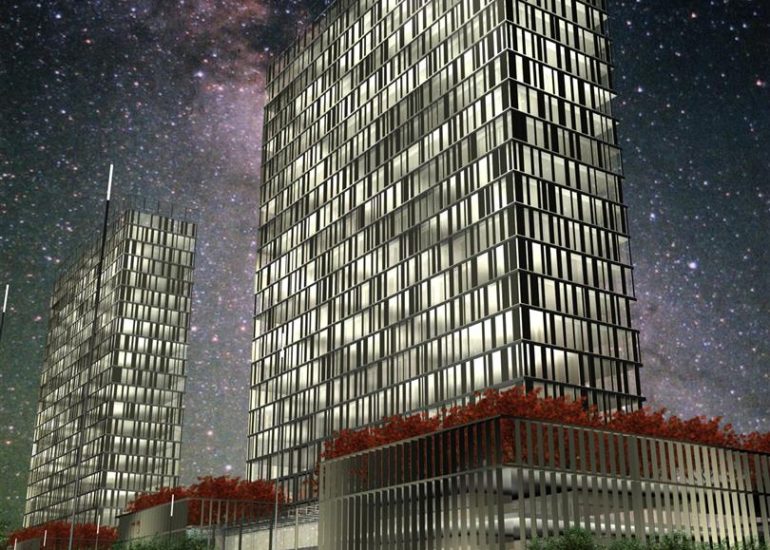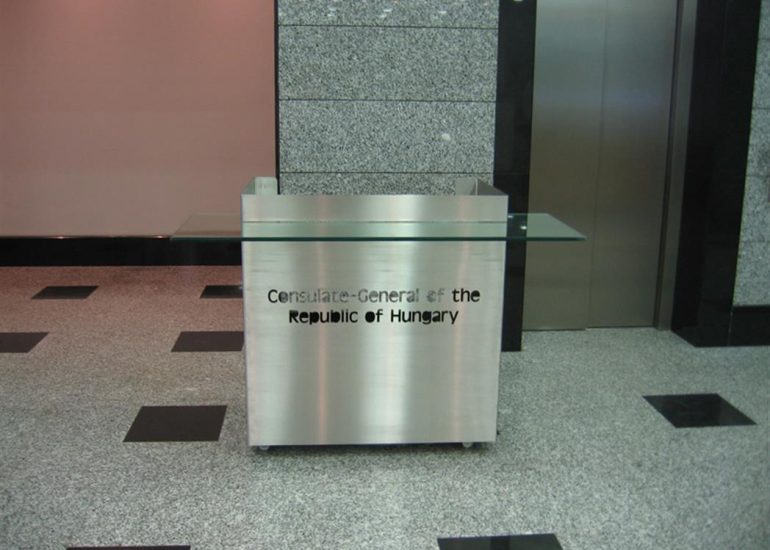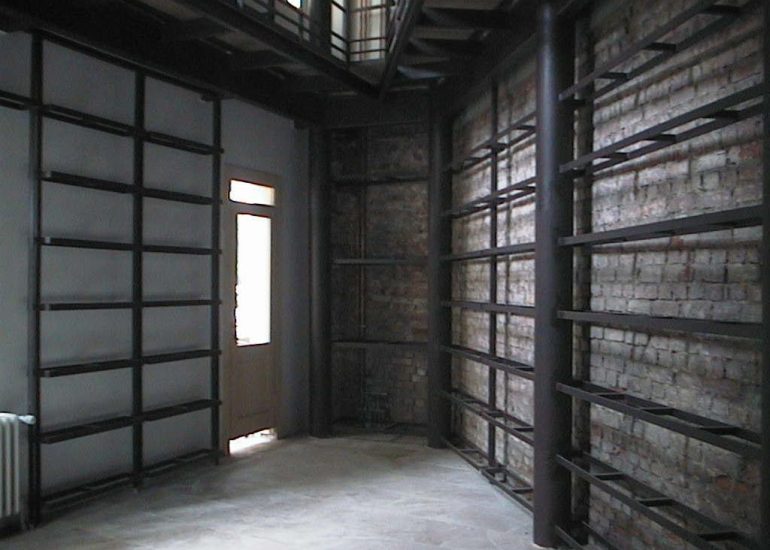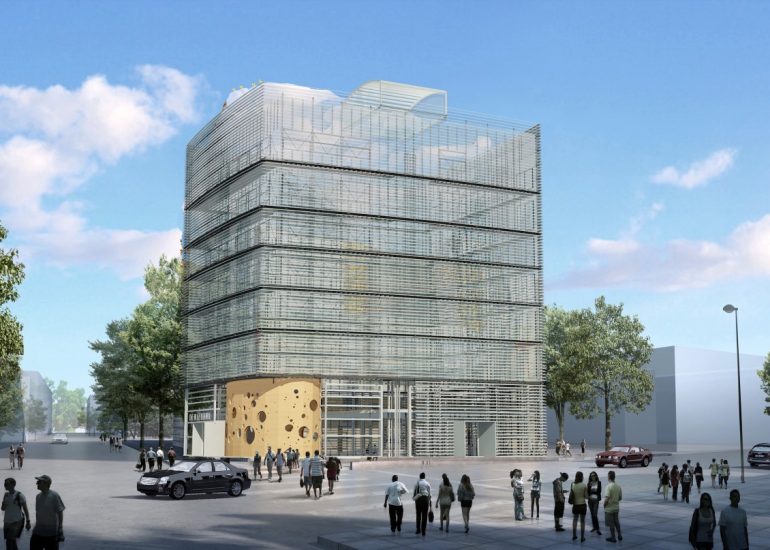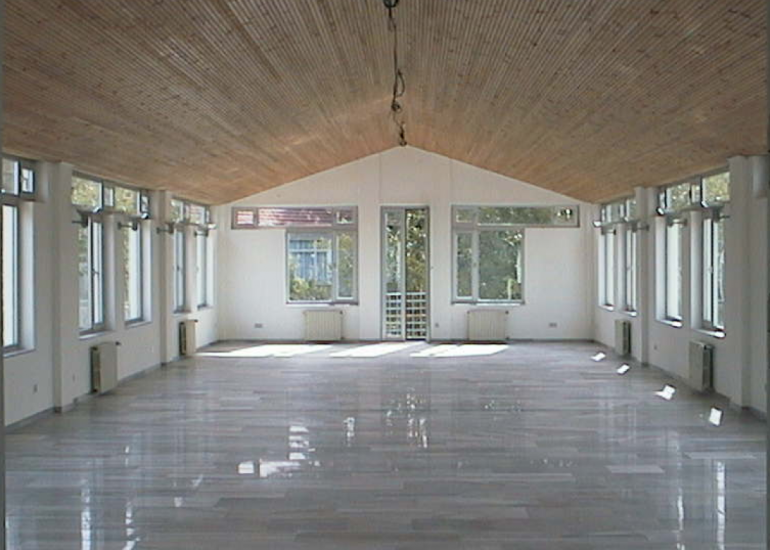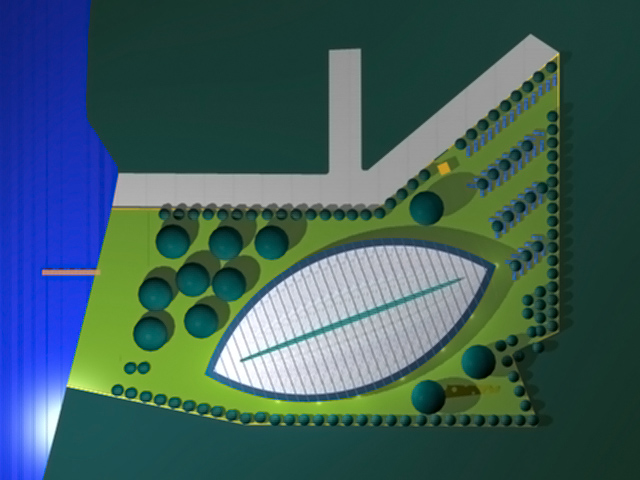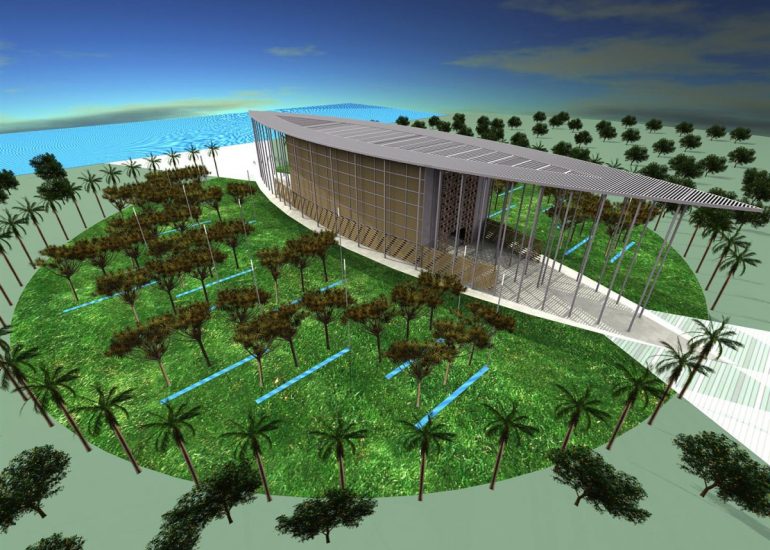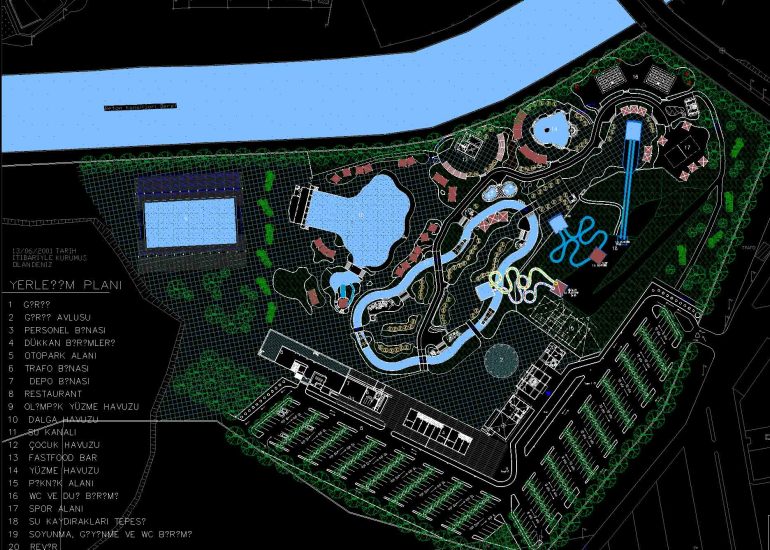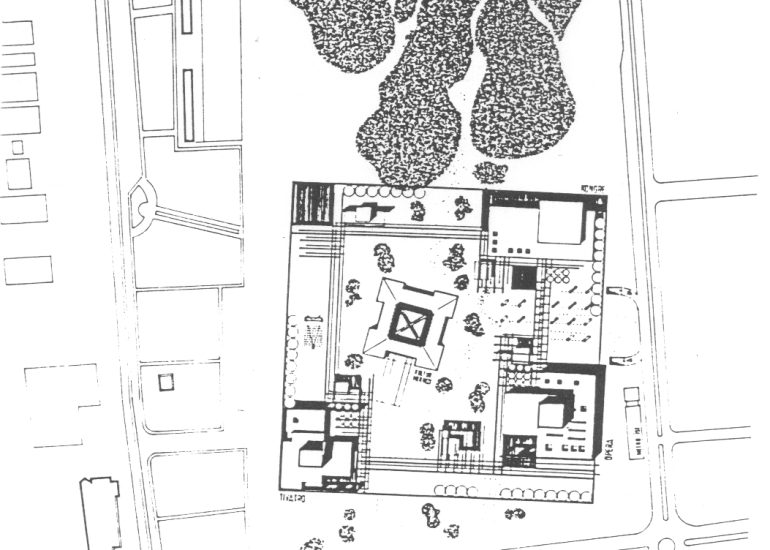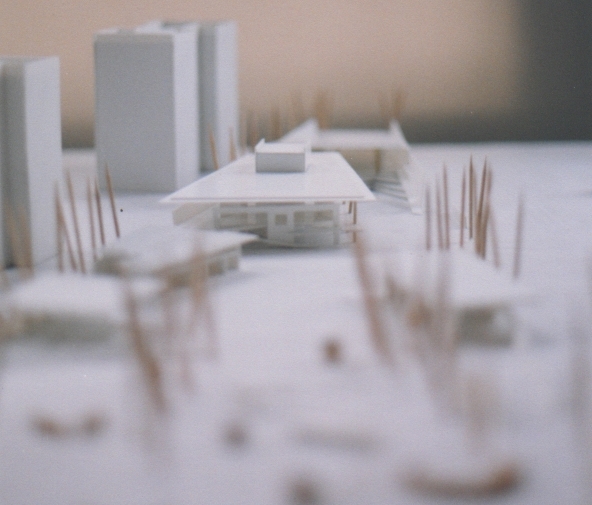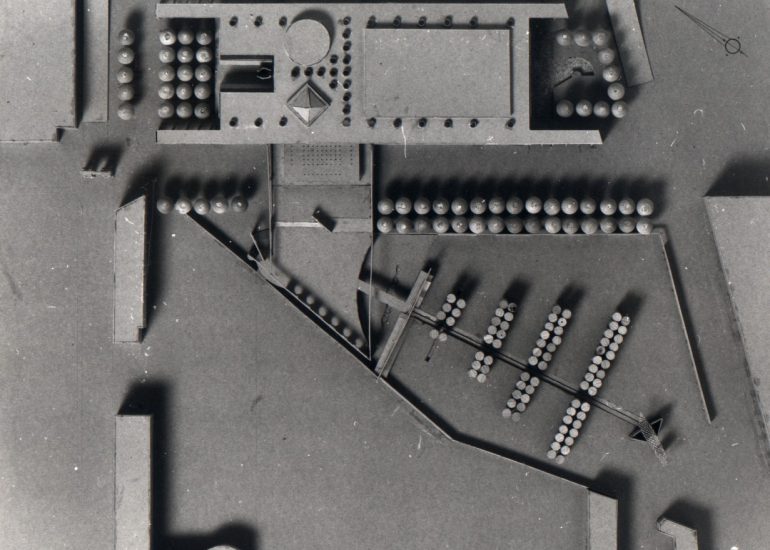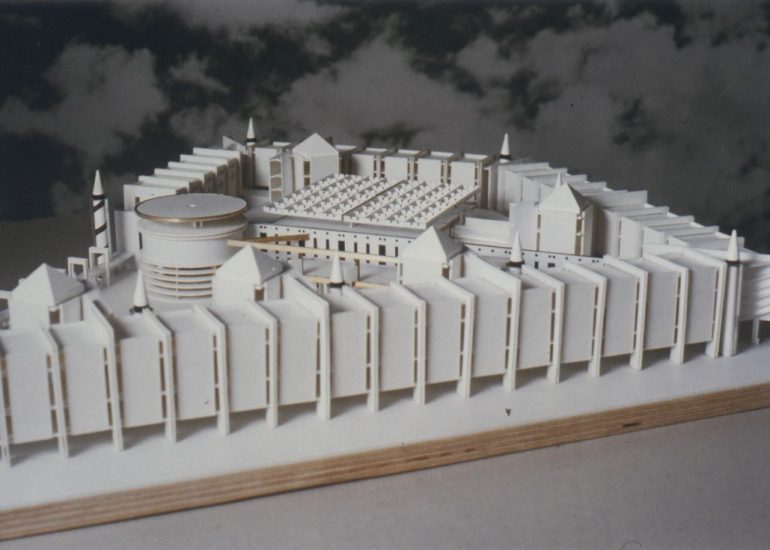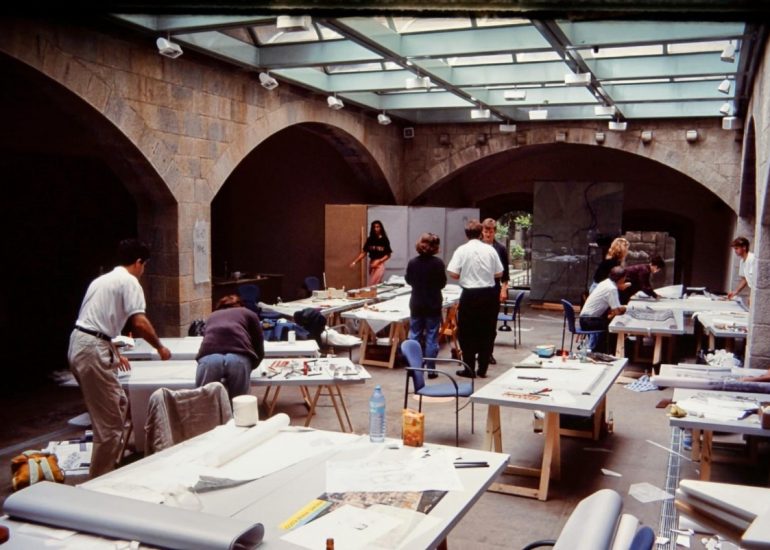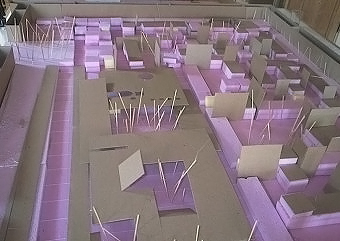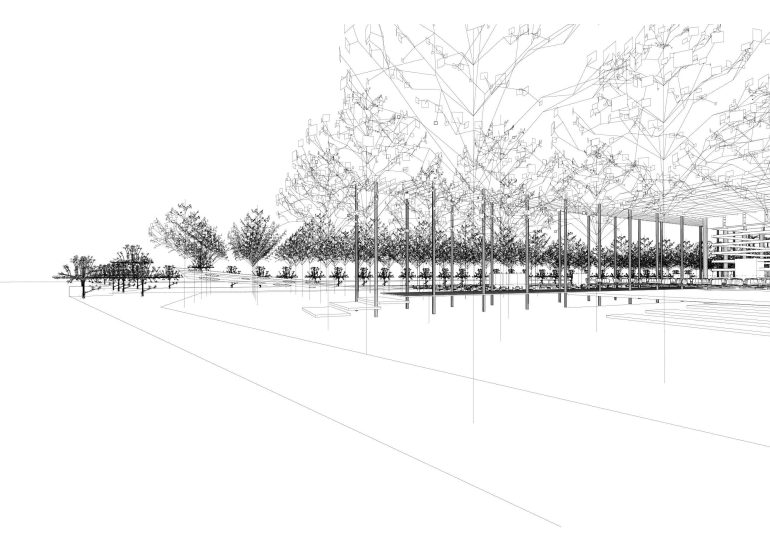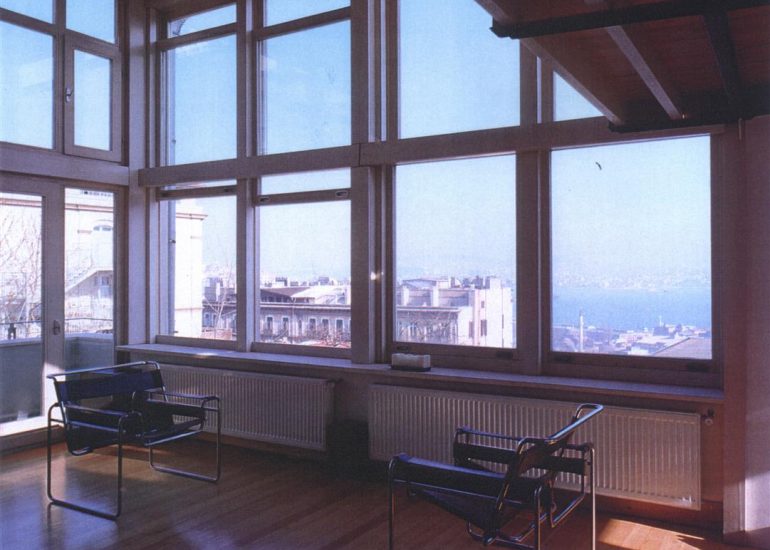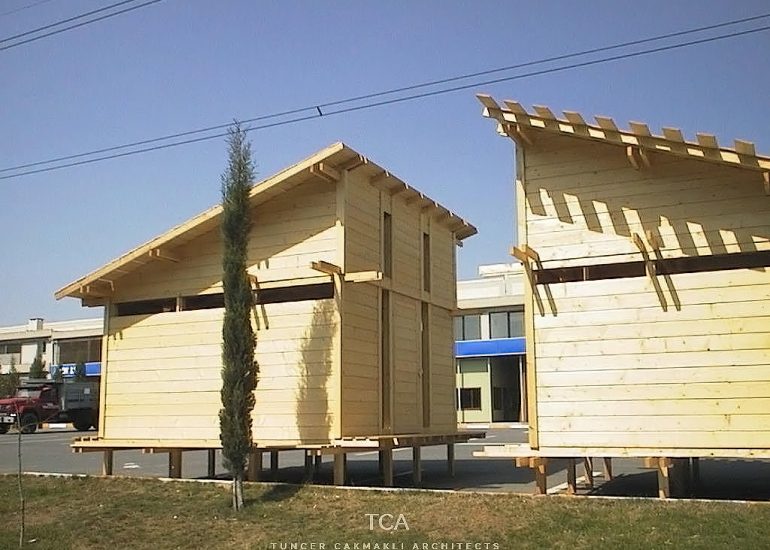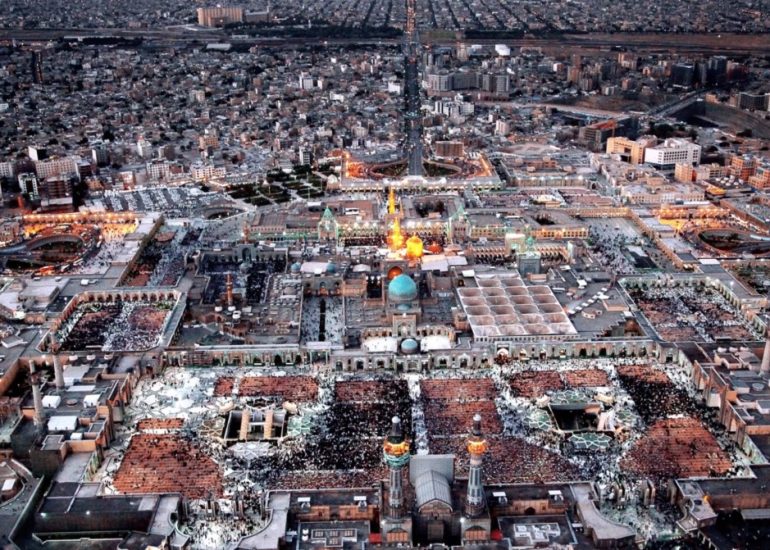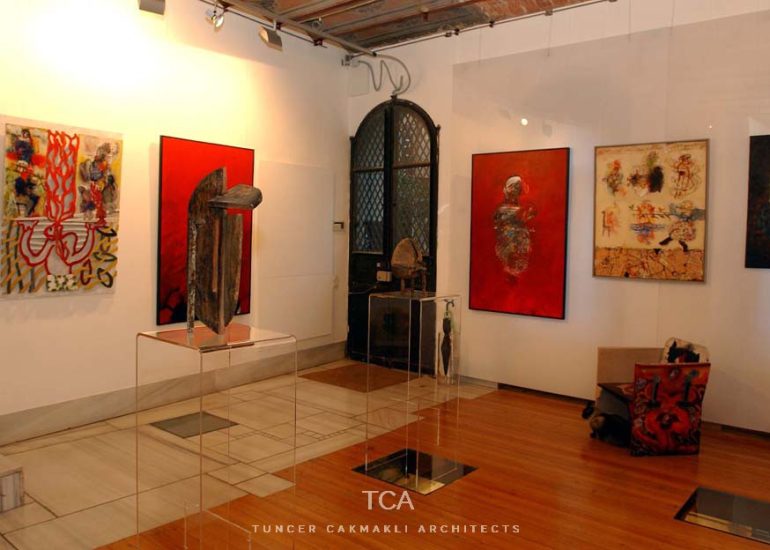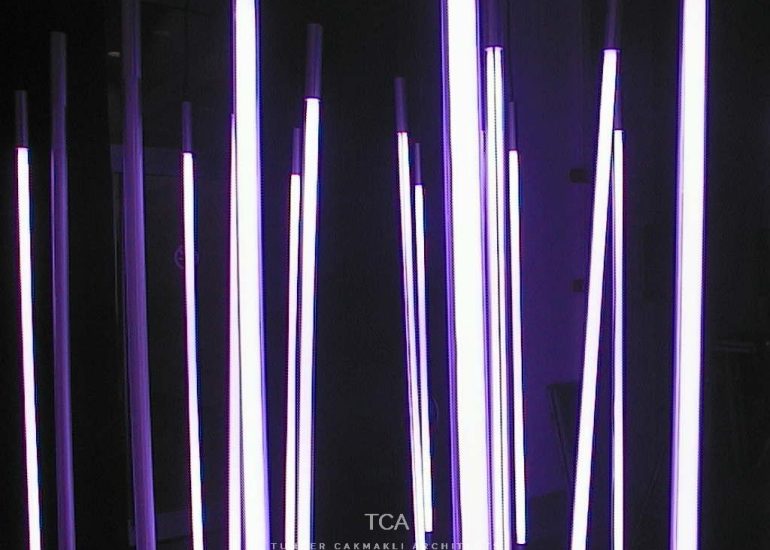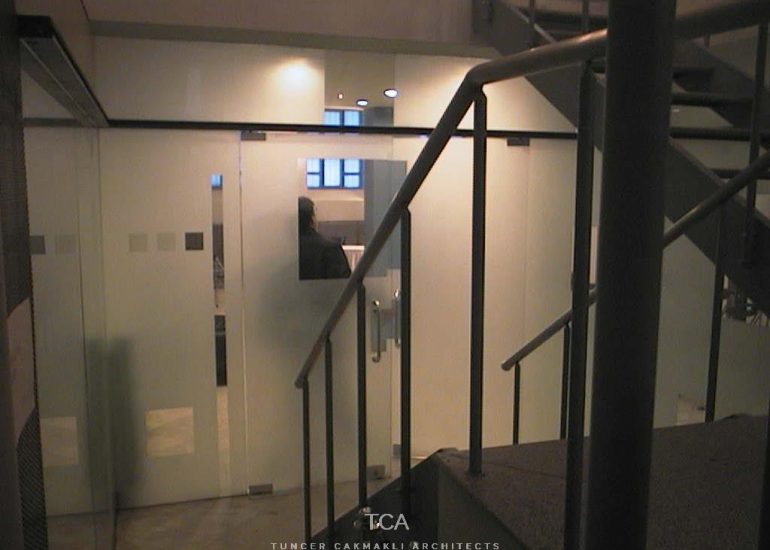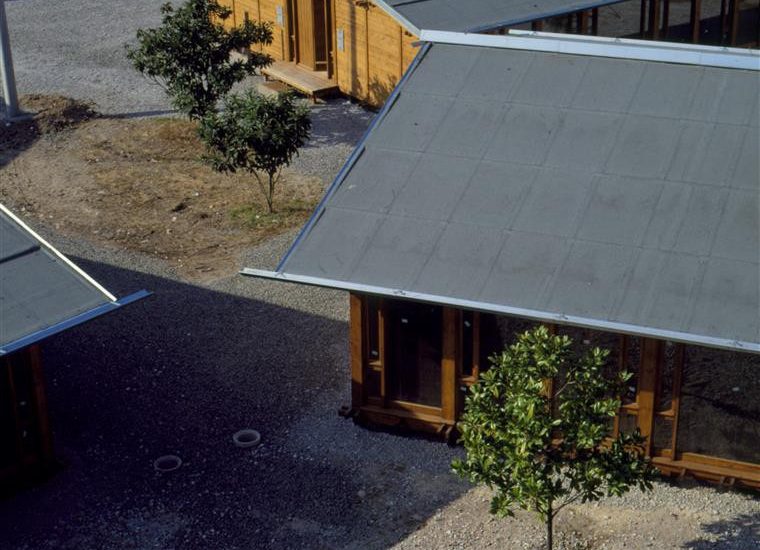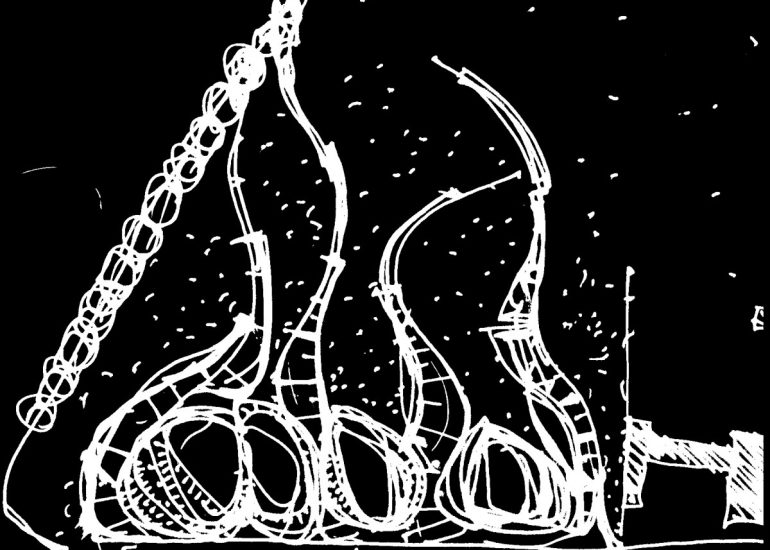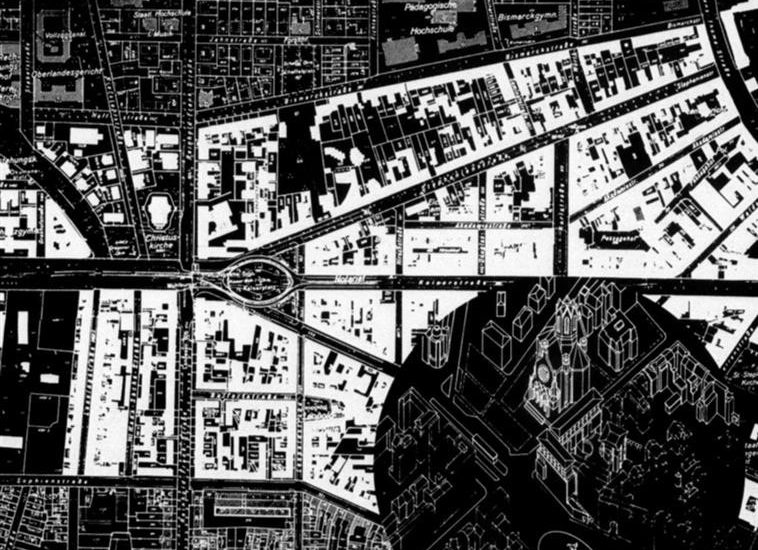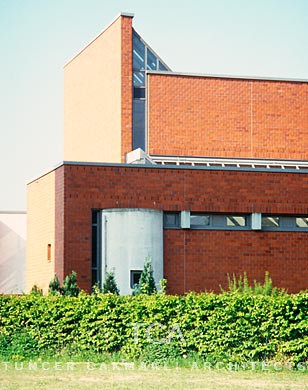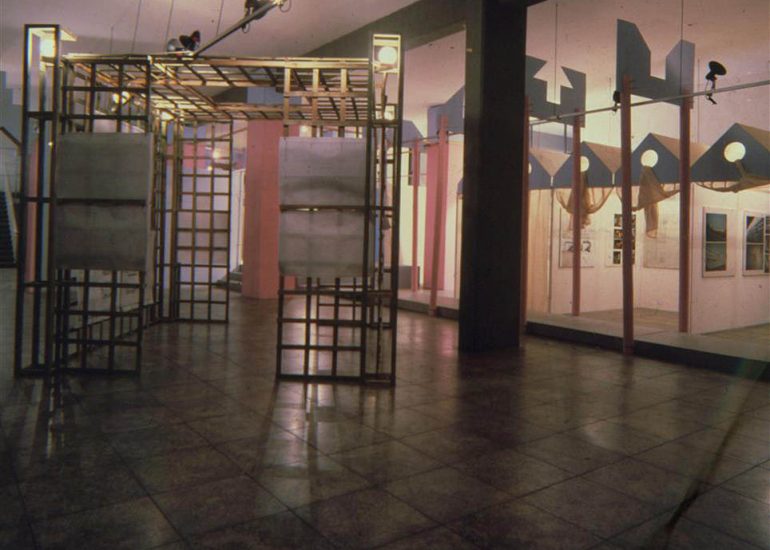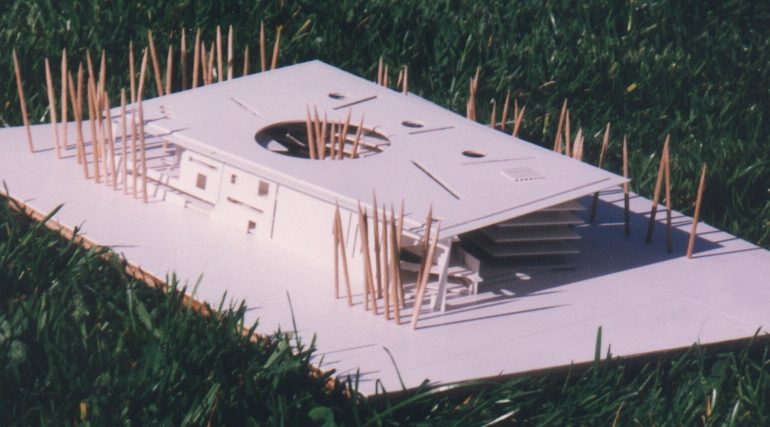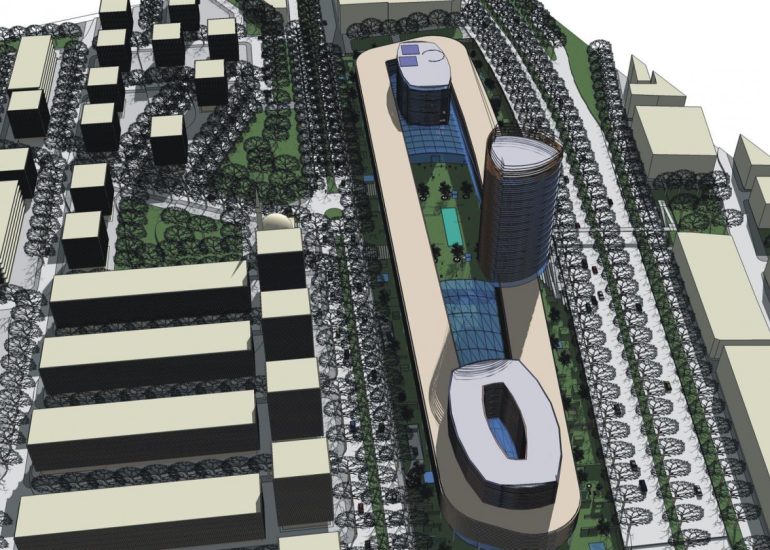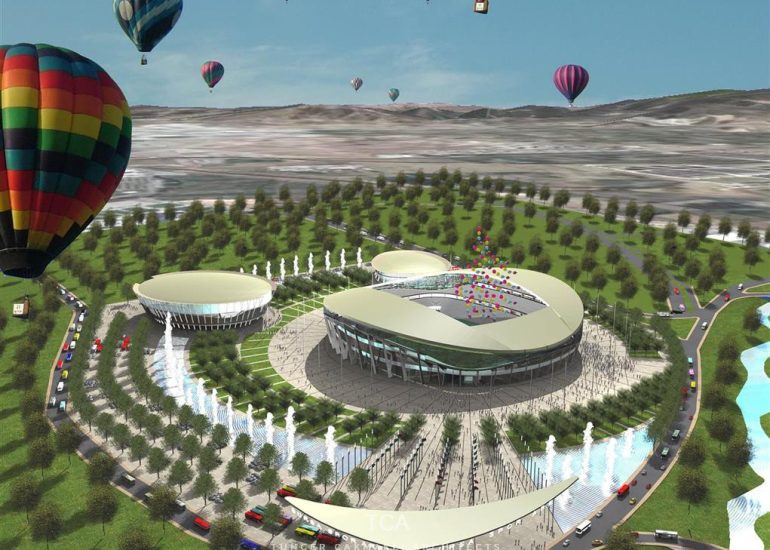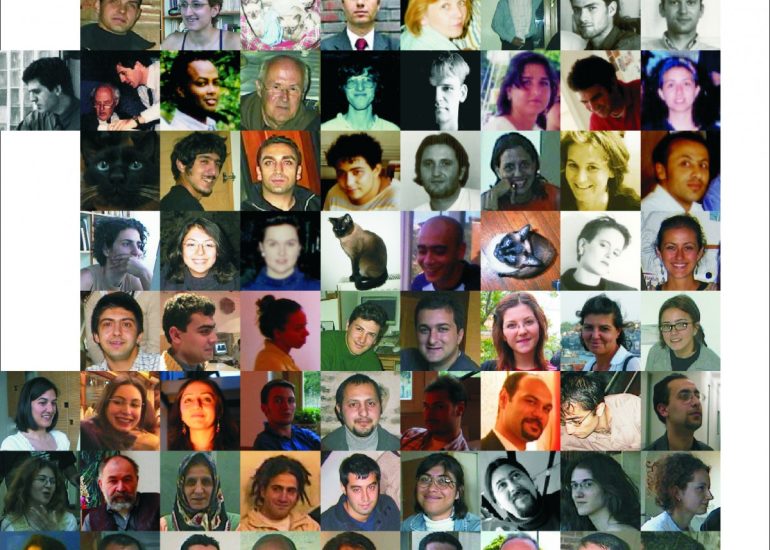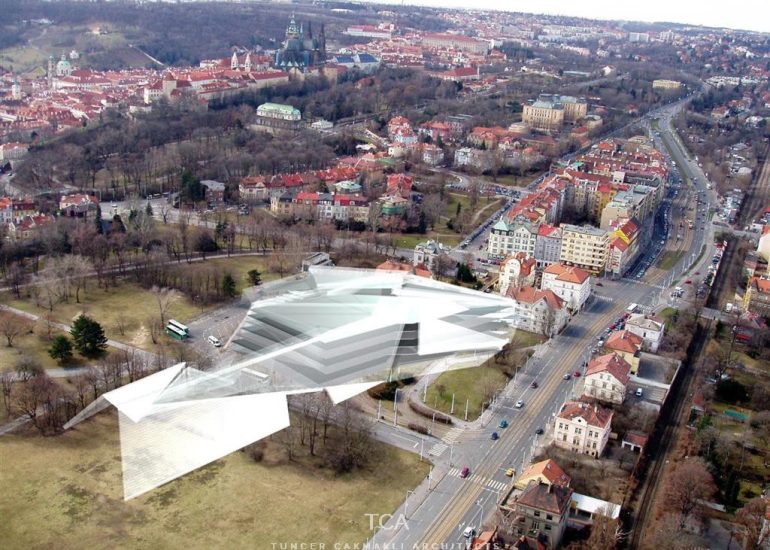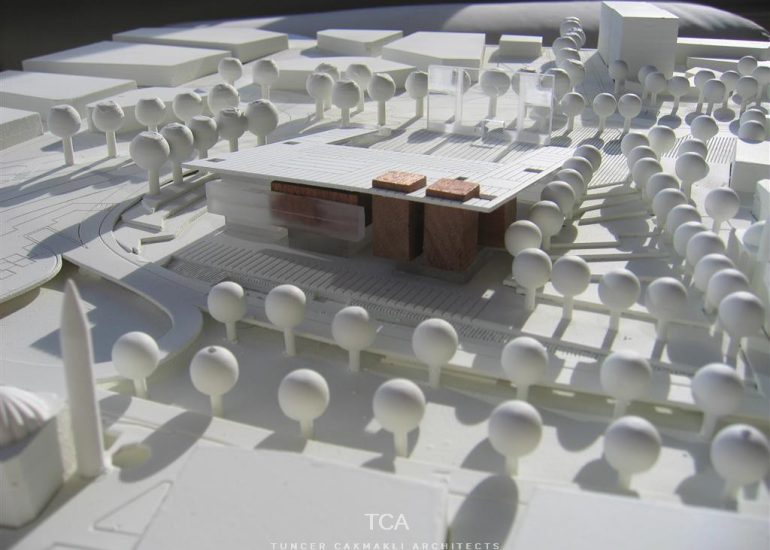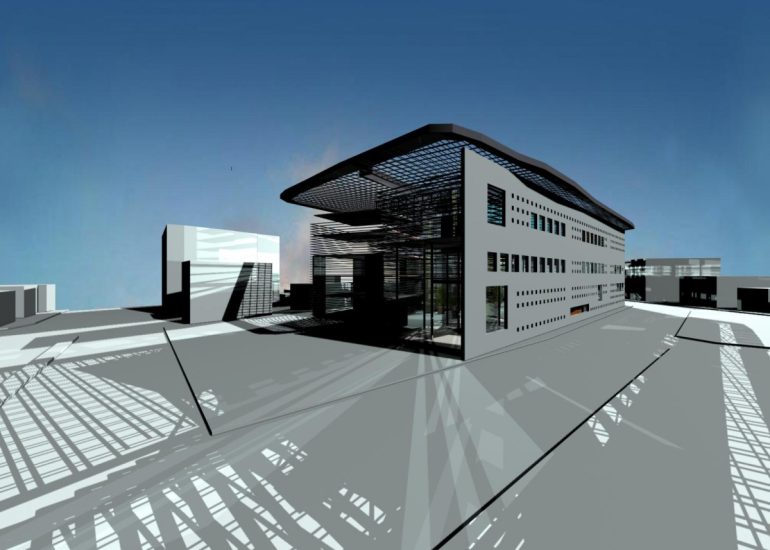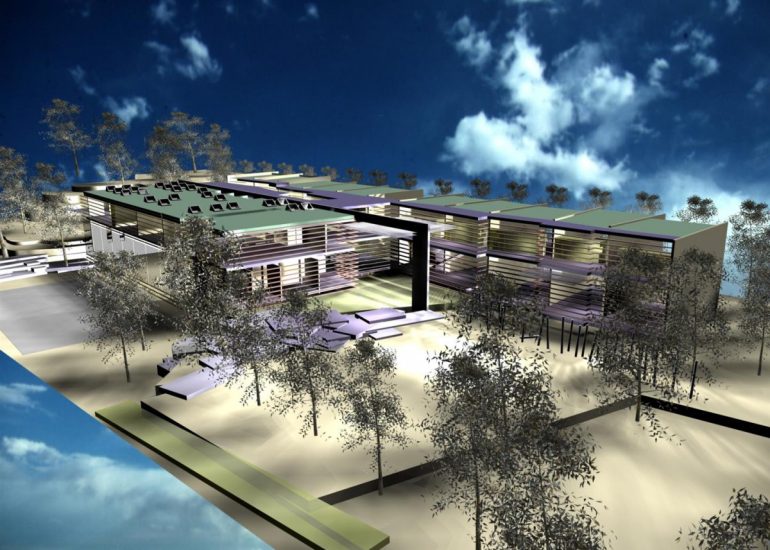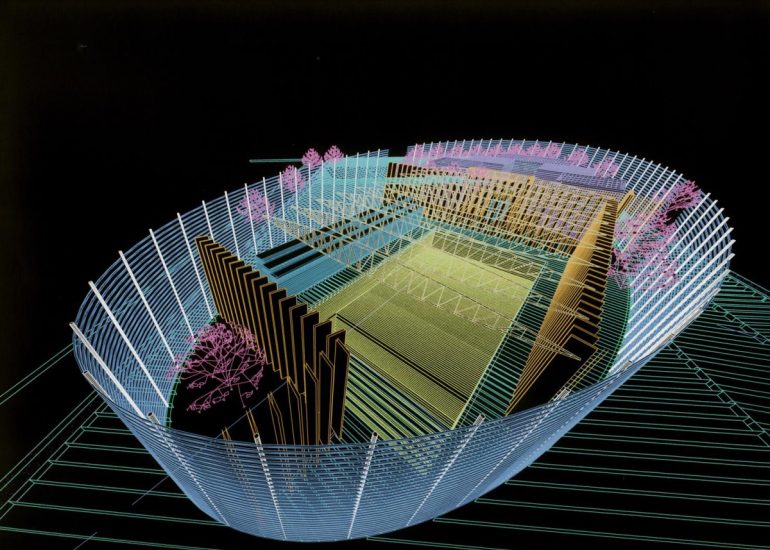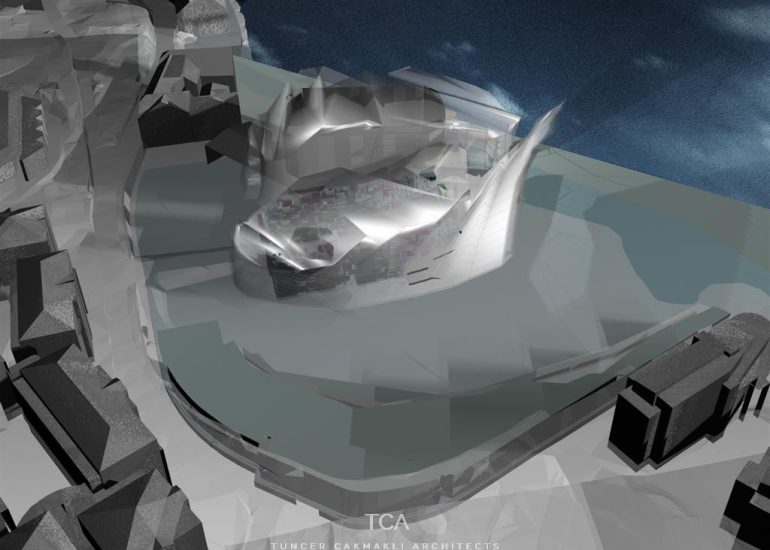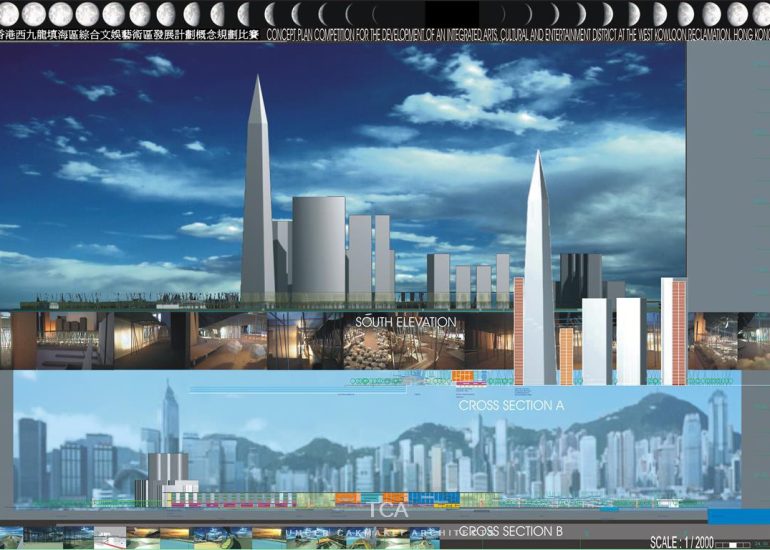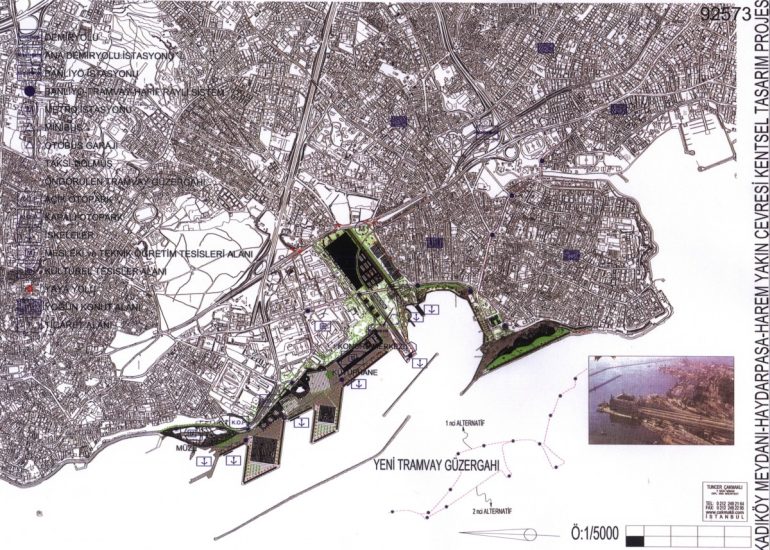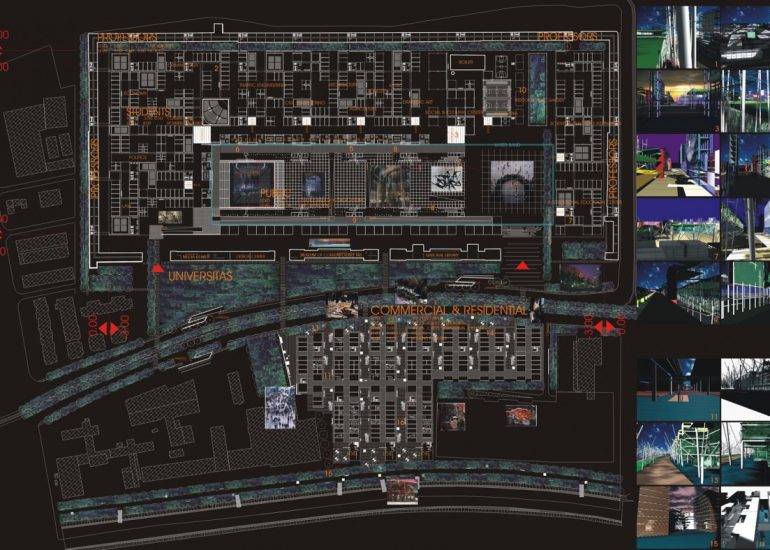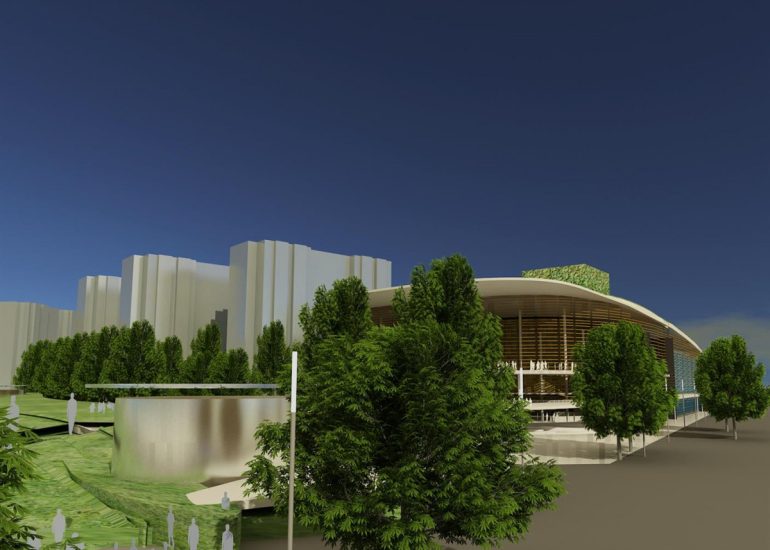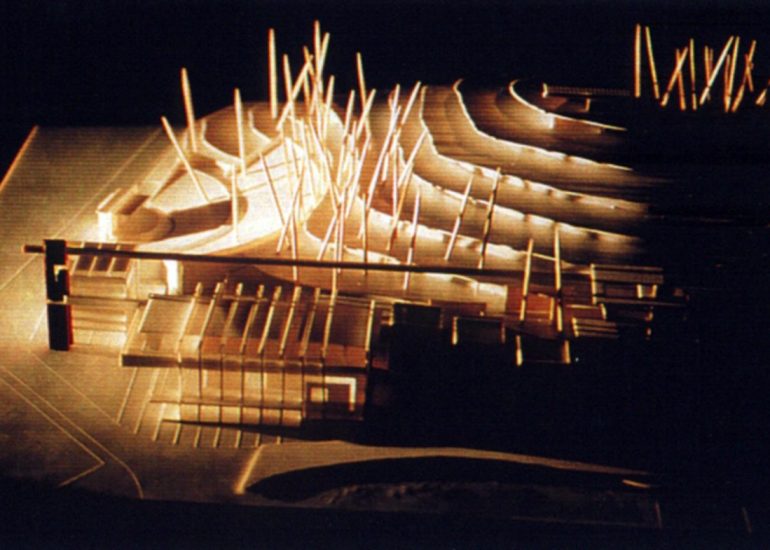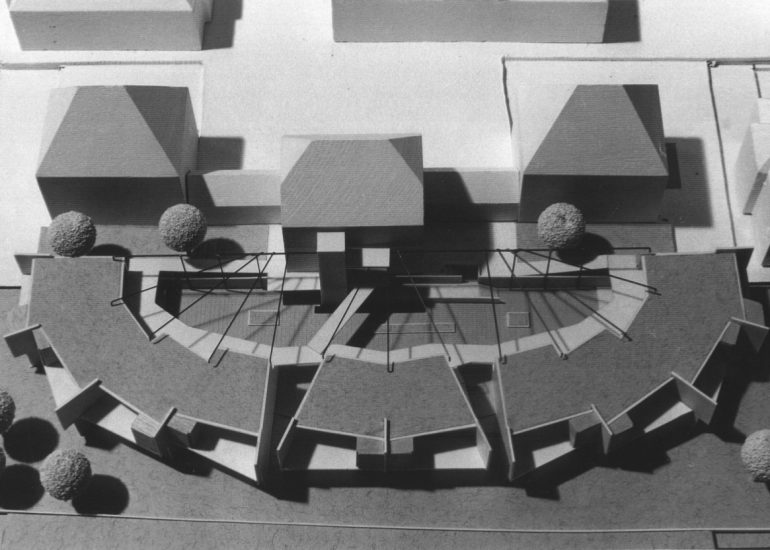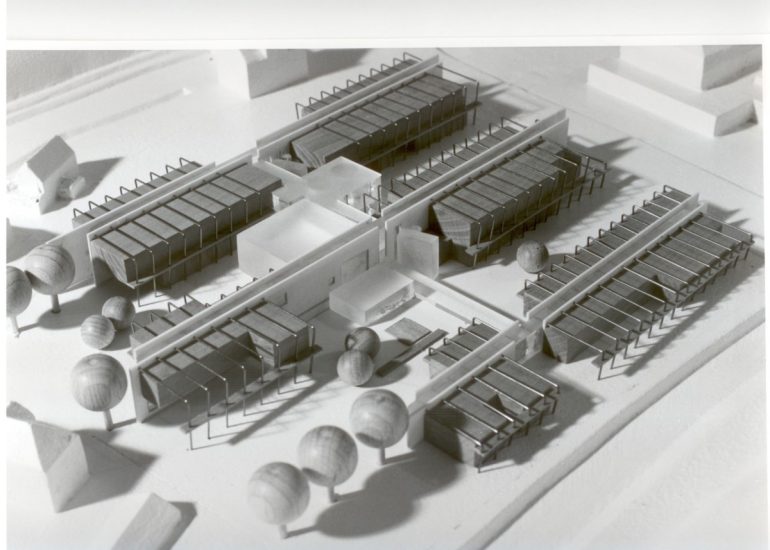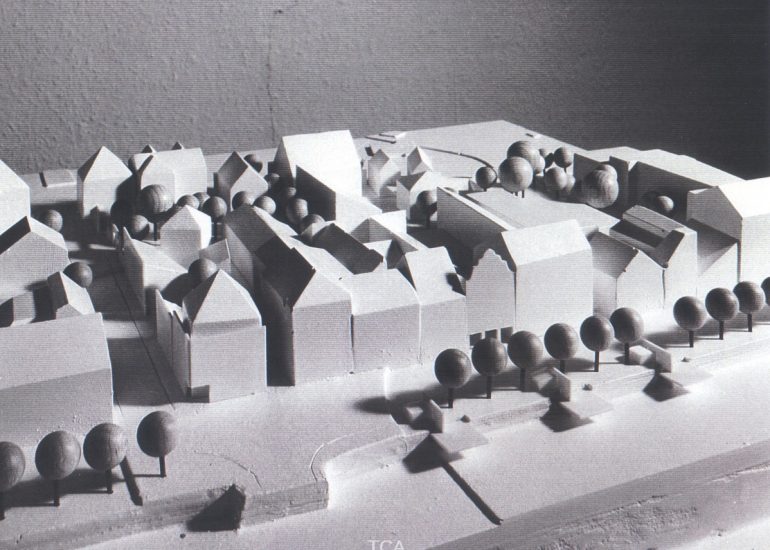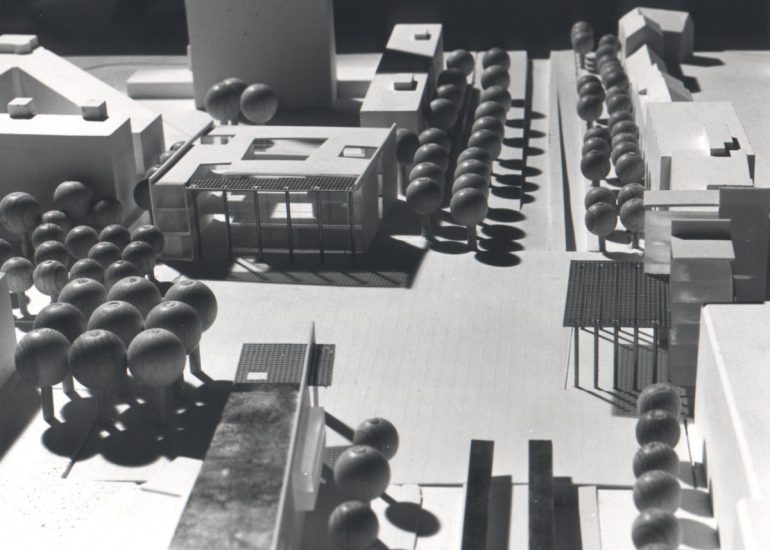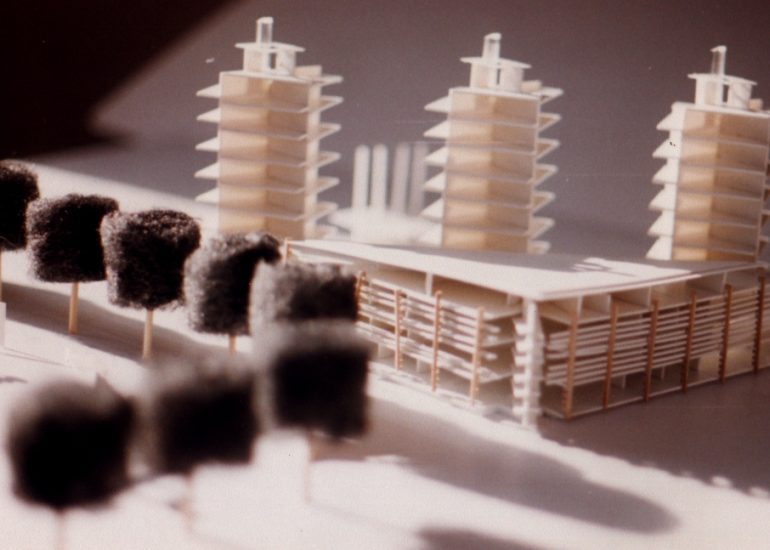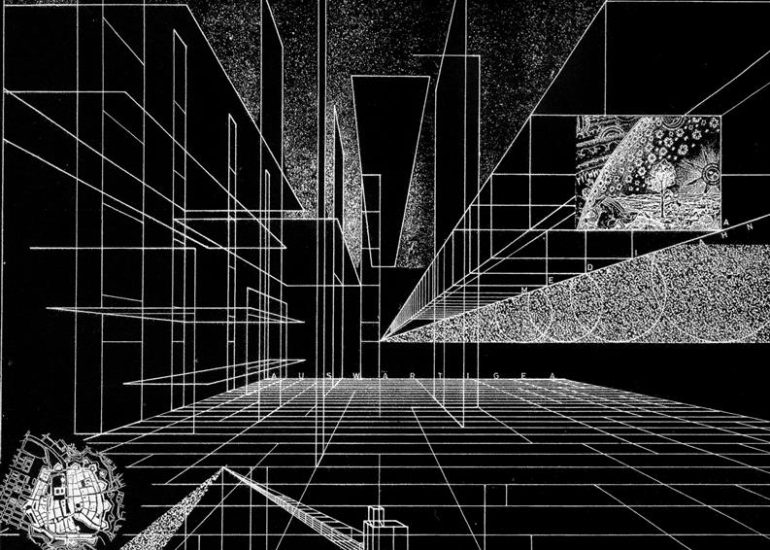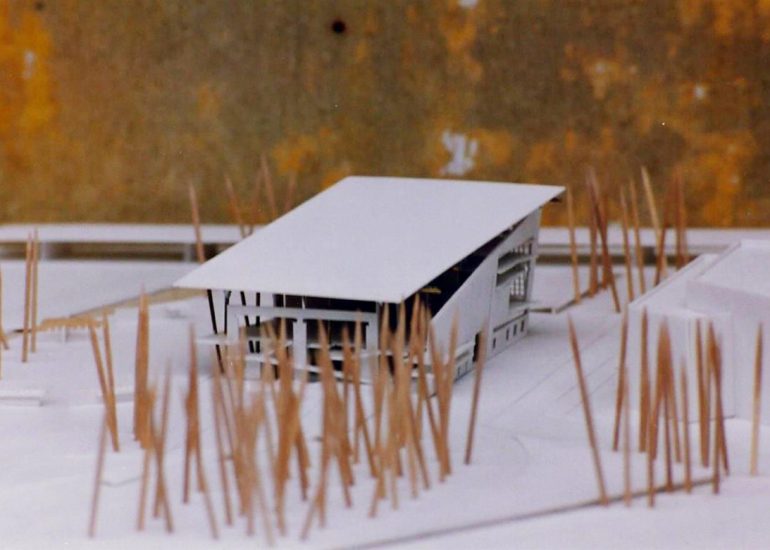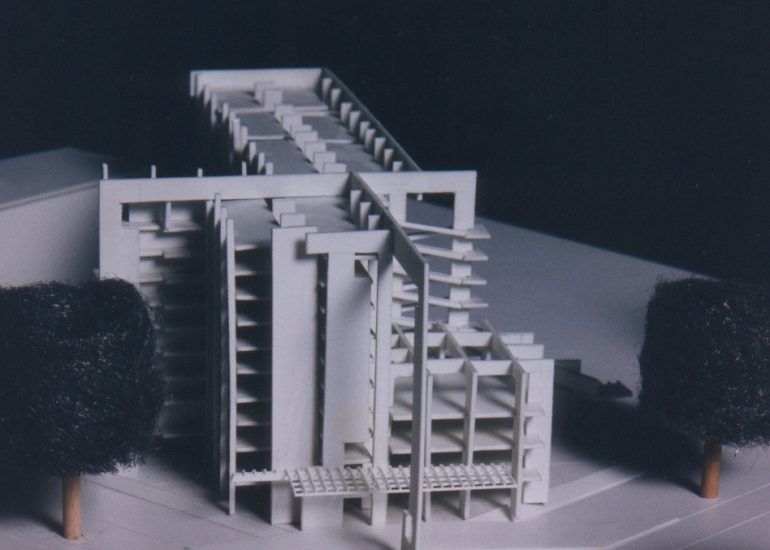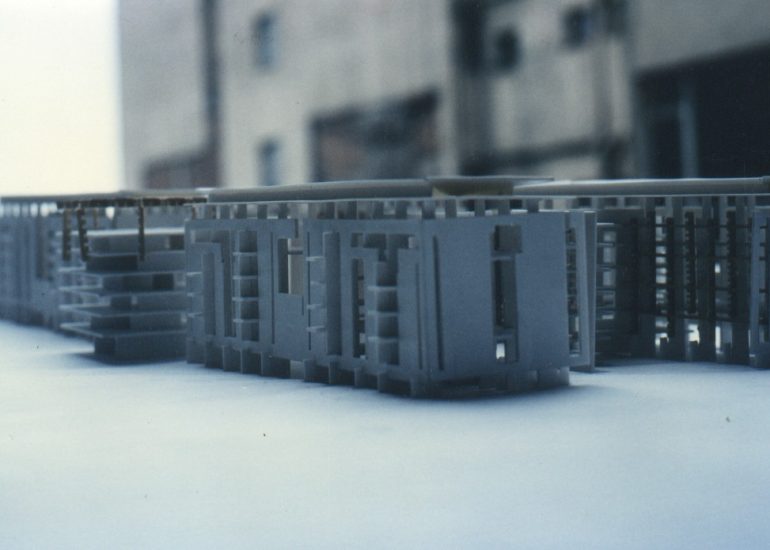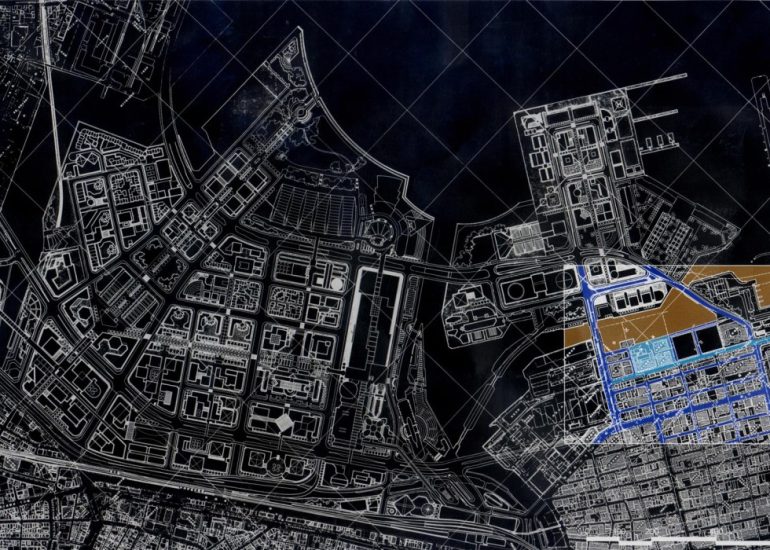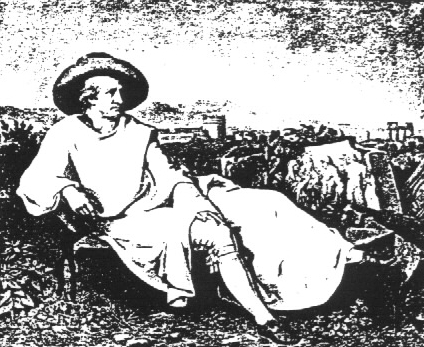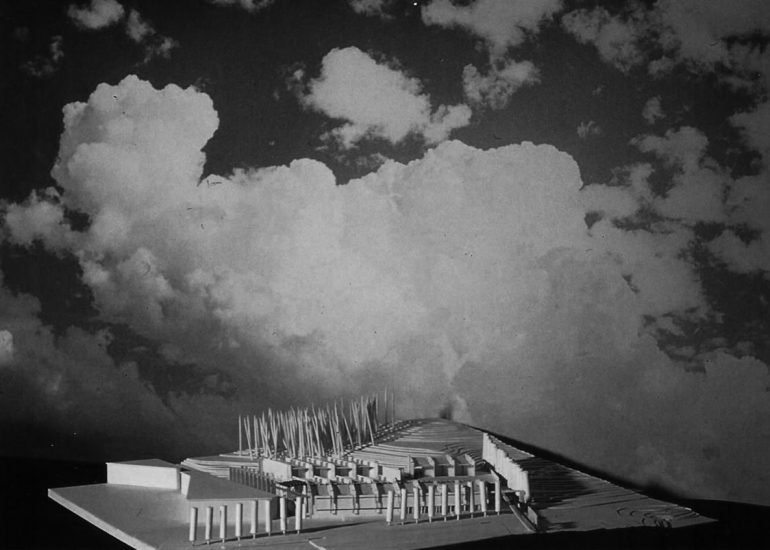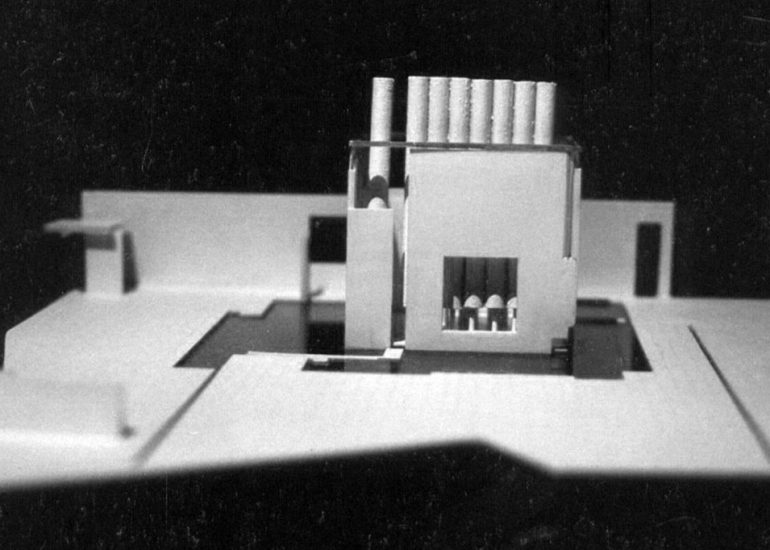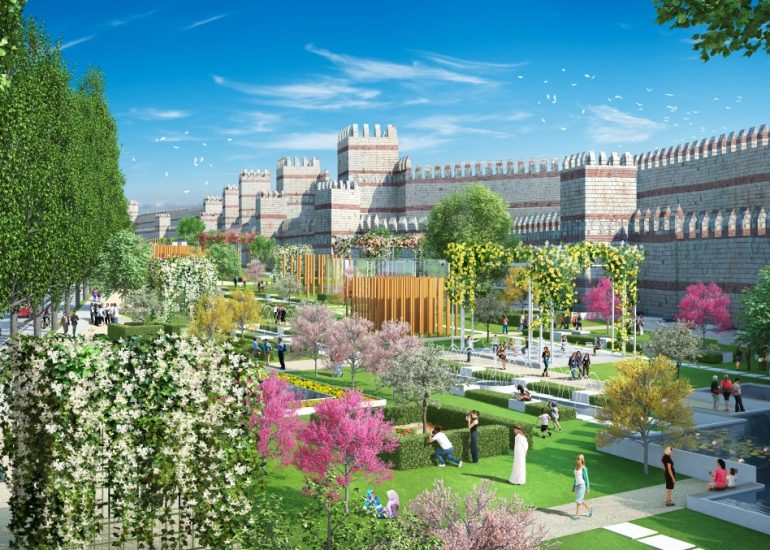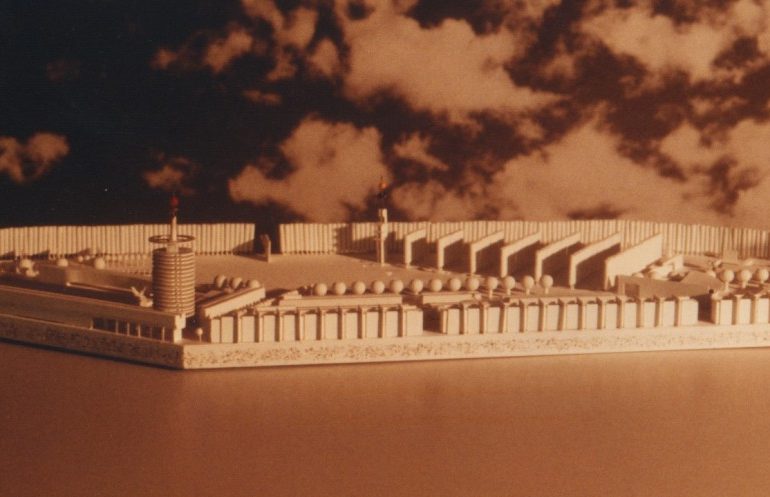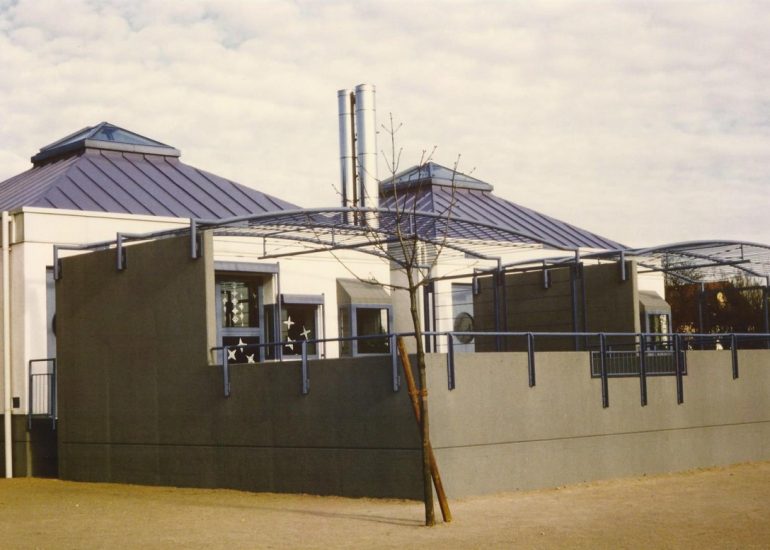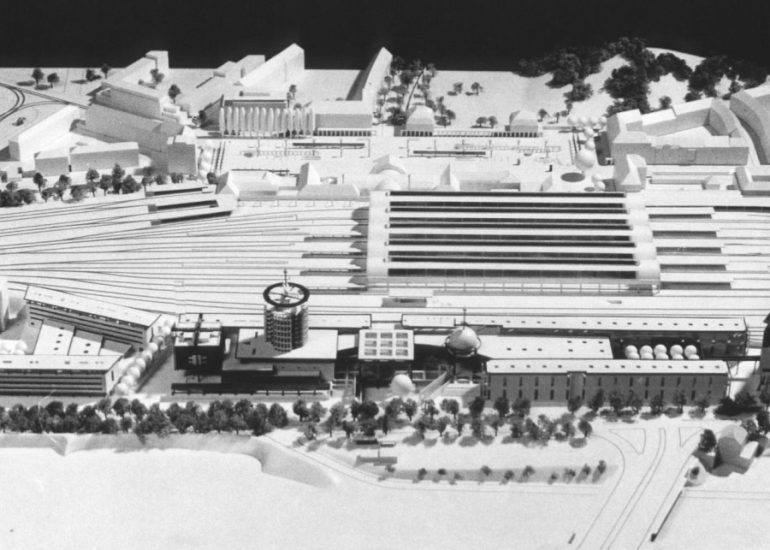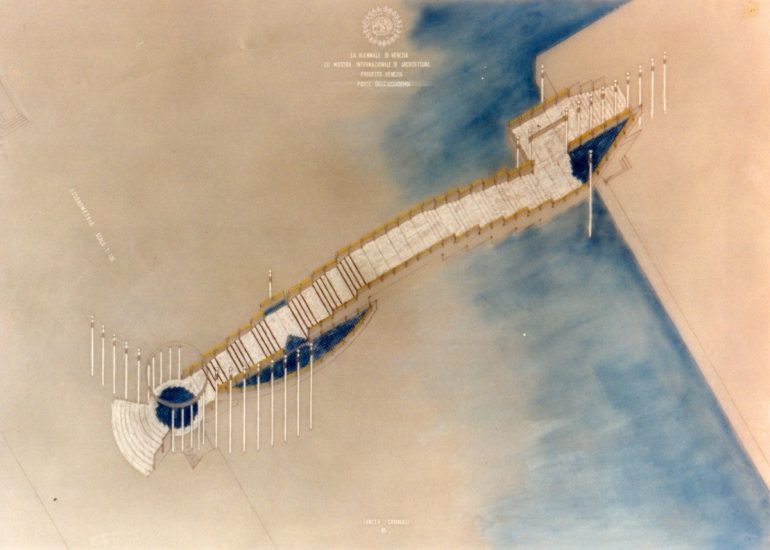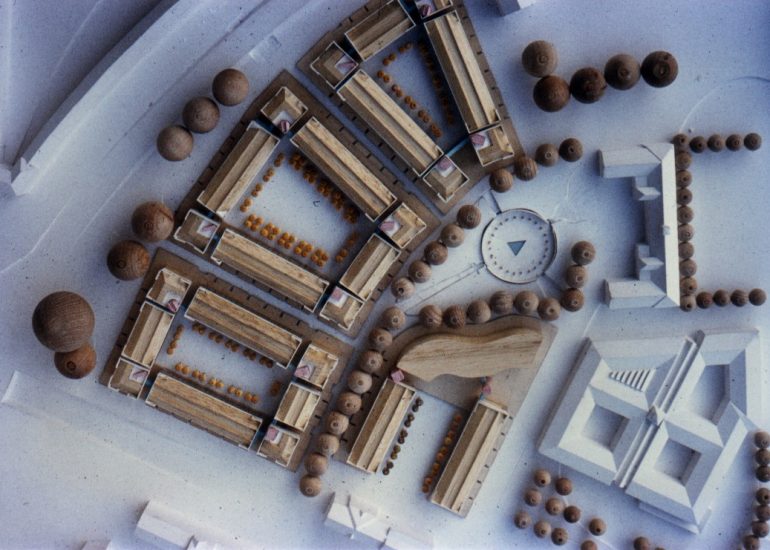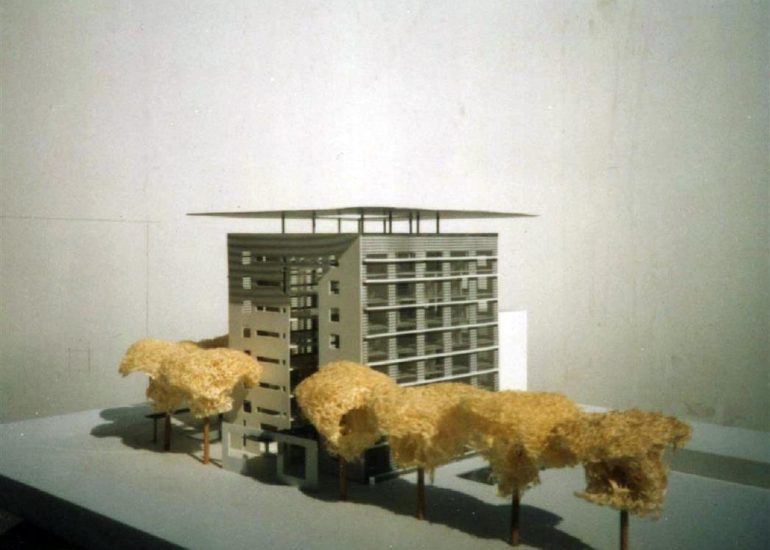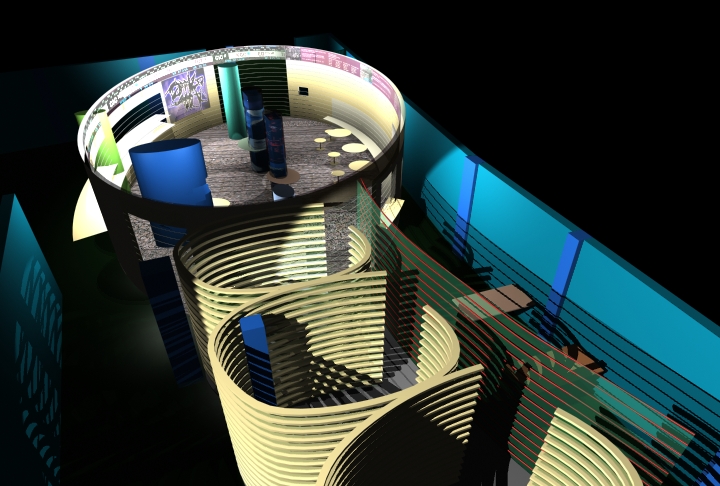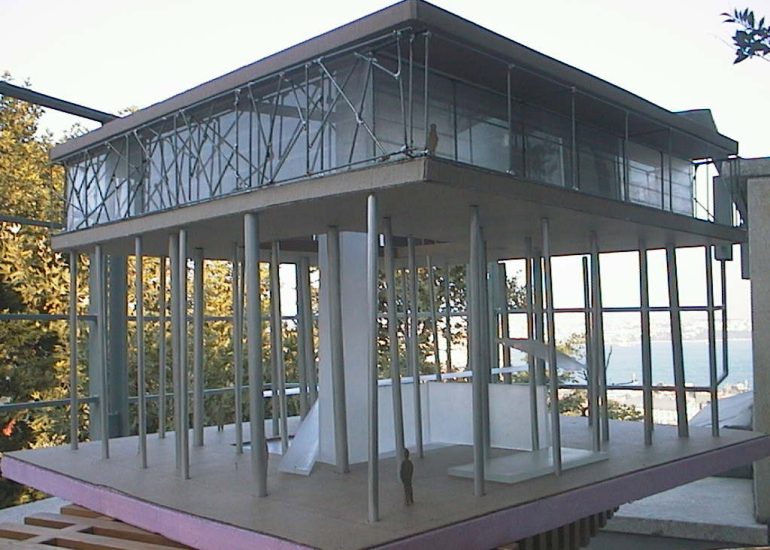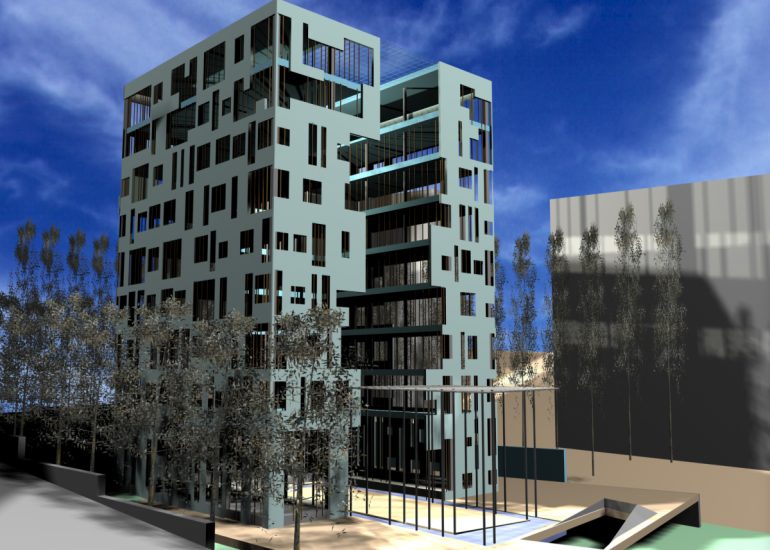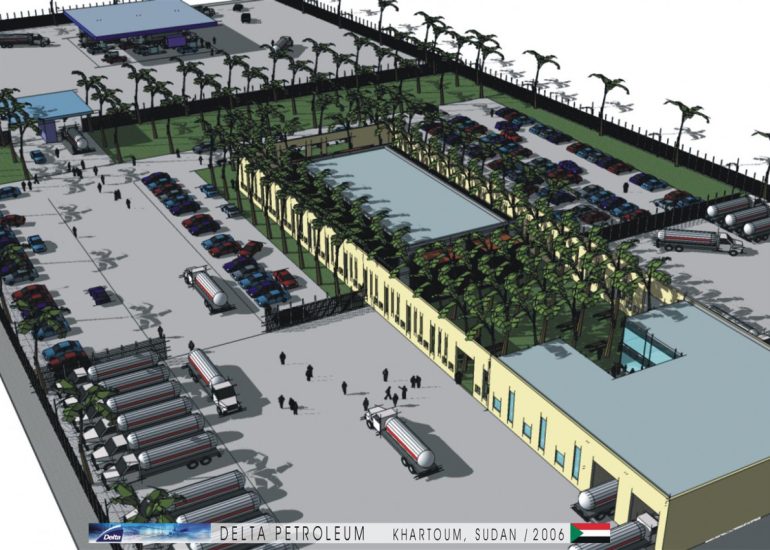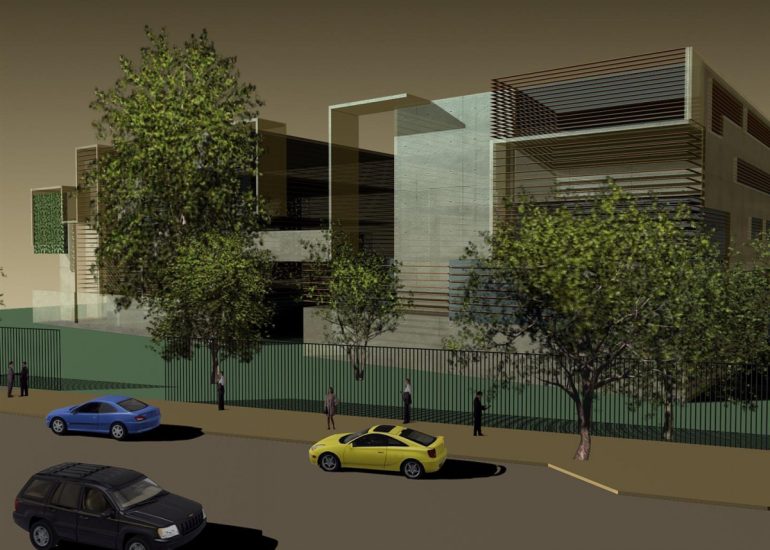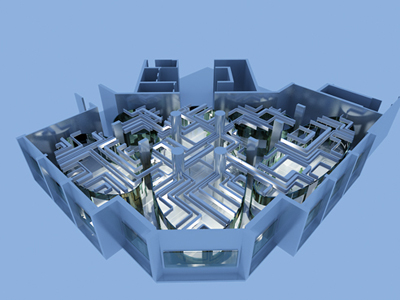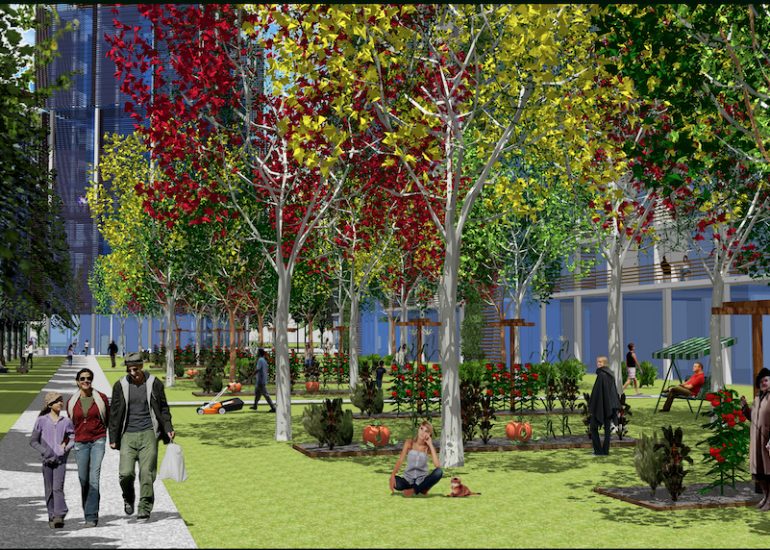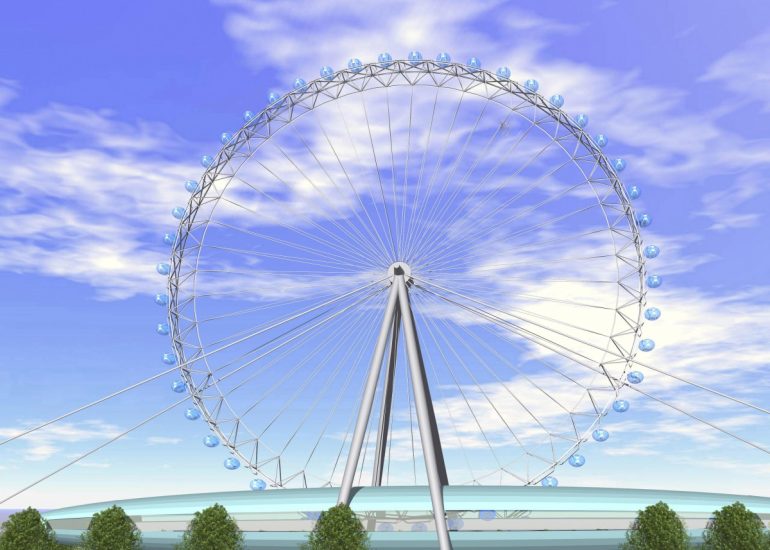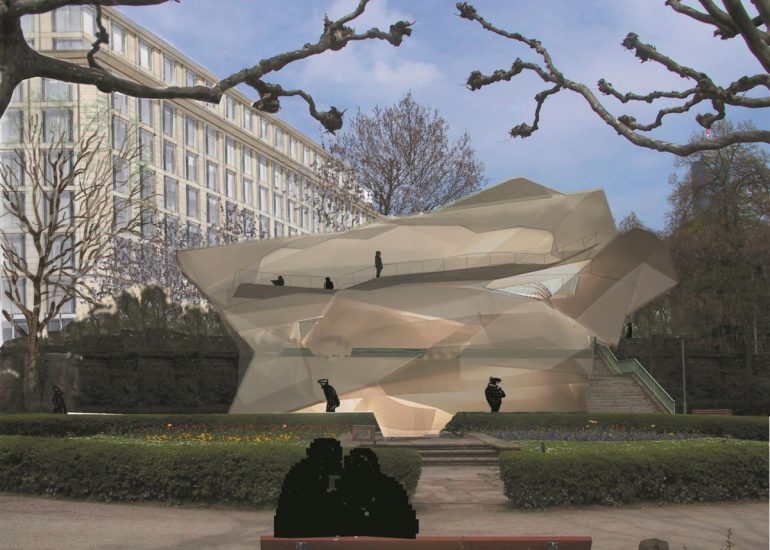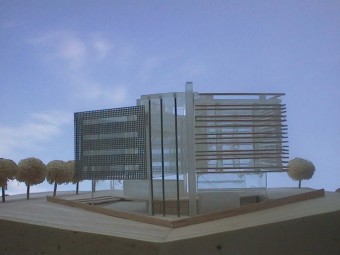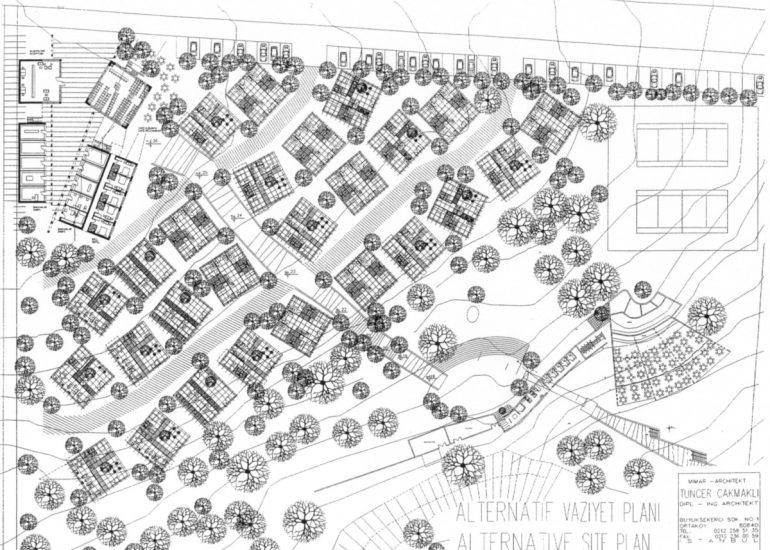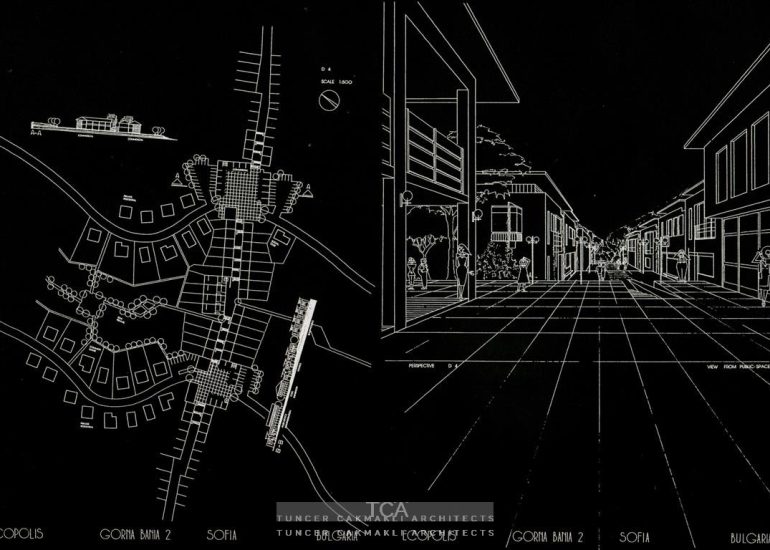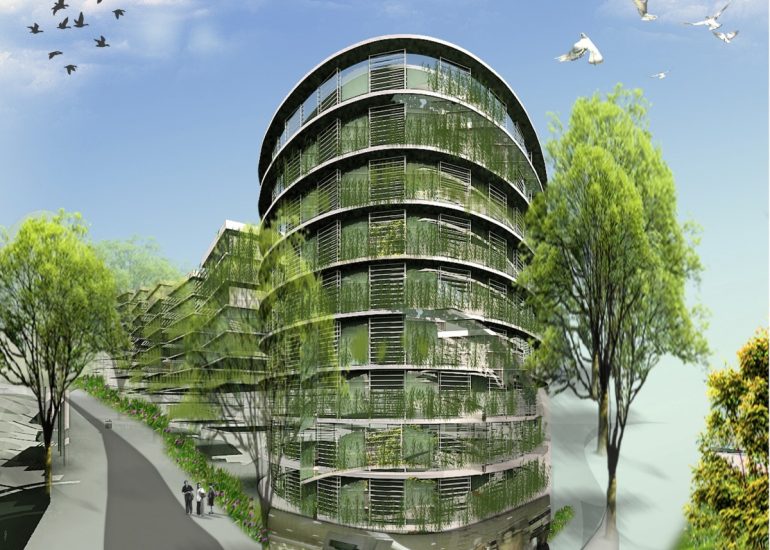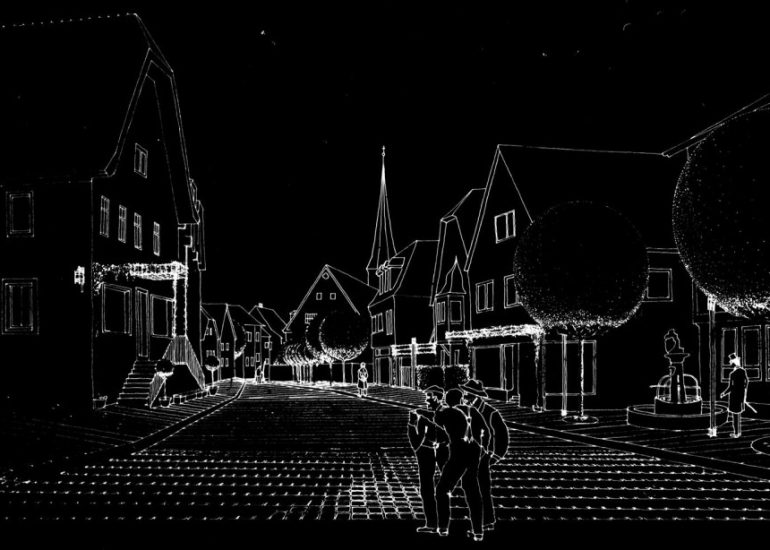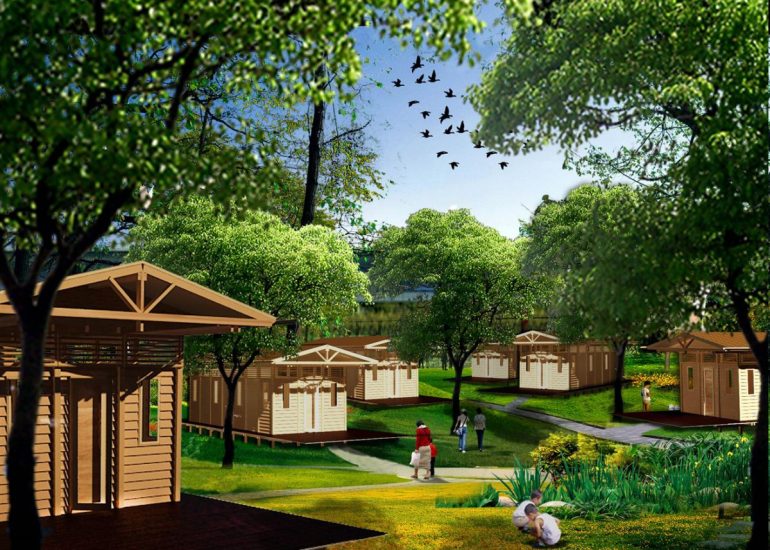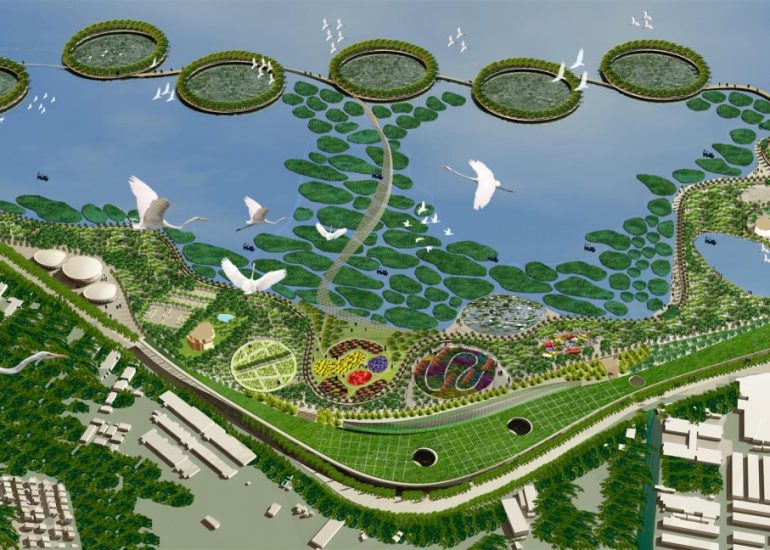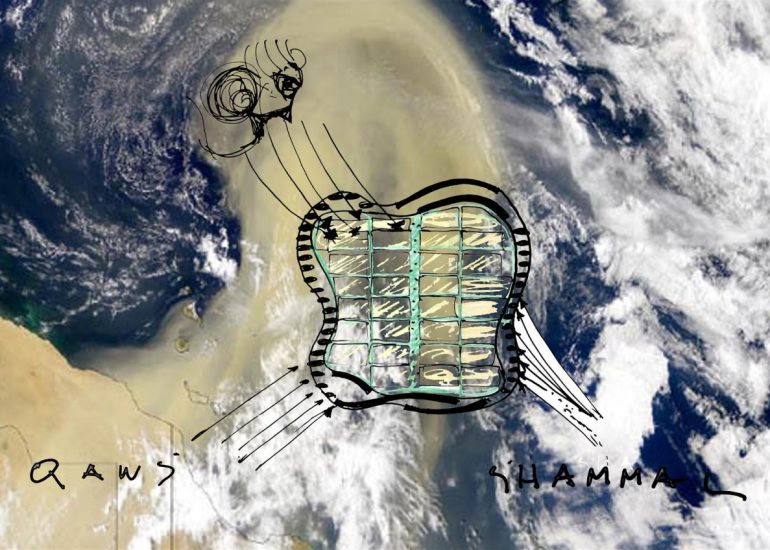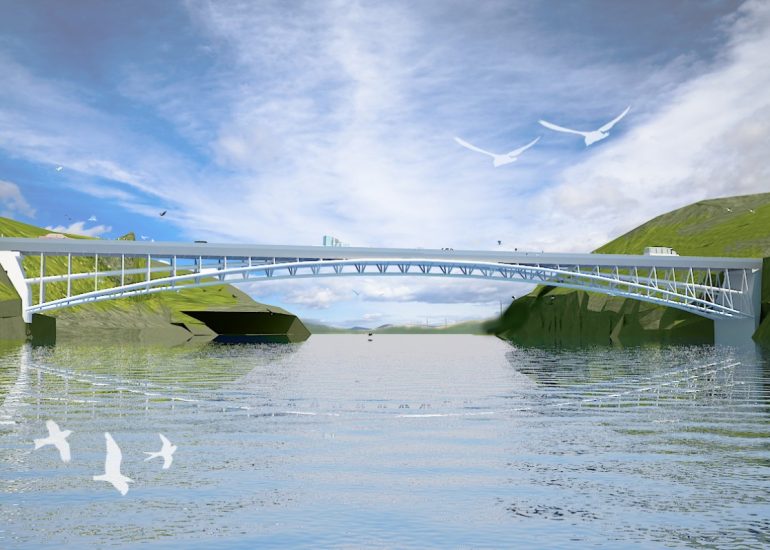Haribo Factory
Area
19.000 m²
Year
2001
Between Mass Culture and Architectural Responsıbılıty: The Haribo Factory by TCA ın Lıght of Adorno’s Phılosophy
Haribo’s gummy bears have symbolized a seemingly innocent and colorful world of joy for over a century. Children and adults alike associate them with lightheartedness, innocence, and playful pleasure. Yet Theodor W. Adorno, one of the sharpest critics of the culture industry, would have seen in this cheerful sweetness the mechanisms of mass production and standardized desires. Haribo is not merely a brand—it is a global emblem of the consumer culture that, according to Adorno, contributes to the disenfranchisement of the individual. All the more remarkable, then, is the challenge taken on by Tuncer Cakmakli Architects (TCA) in designing a new Haribo factory—not as a mere machine for production, but as a spatial response rooted in social and urban responsibility.
TCA approaches this task with a stance that does not affirm Adorno’s critique, but rather confronts it: not by celebrating the culture industry, but by offering an architectural ethic centered on reflection, care, and quality. The new Haribo production site is more than a functional facility—it is an attempt to soften the alienation that Adorno saw as inherent to late capitalism, at least within the scale of the workplace.
The architectural structure of the factory is designed for maximum hygiene and efficiency—an essential requirement in food production. But TCA goes beyond technical necessities. Through natural lighting, clear circulation, and open spatial configurations, an atmosphere is created that fosters not only productivity but also a sense of well-being. Employees here are not merely part of an anonymous assembly system; they are participants in a space that grants them dignity and spatial quality. This is a quiet resistance to what Adorno described as the “administration of human beings” in the modern working world.
TCA also acts with care on the urban scale. The factory is not placed as an isolated industrial object that imposes itself on its surroundings, but rather as part of a whole—respectful of scale, materiality, and context. This sensitivity to the environment becomes an act of architectural attentiveness—almost a dialogue with the landscape instead of a monologue of dominance. In this way, the architecture resists the logic of cultural uniformity that Adorno so critically examined.
Of course, a contradiction remains: Can a factory that produces mass-market goods ever truly be a site of critical reflection? TCA does not respond with theory, but with form, space, and atmosphere. In a time when industrial buildings are often seen as faceless necessities, this factory draws a different picture—one that understands the quality of space as part of collective well-being.
Thus, an architecture emerges that may not resolve Adorno’s skepticism toward the culture industry but takes it seriously—by giving the human being within the machine a place. The new Haribo factory is therefore not just a site of production, but a space of architectural responsibility.
——————————————————————————————————————————————————————
Kitle Kültürü ile Mimari Sorumluluk Arasında: TCA Tarafından Tasarlanan Haribo Fabrikası, Adorno’nun Felsefesi Işığında
Haribo’nun jelibonları, yüzyılı aşkın bir süredir masum ve renkli bir neşenin sembolü olarak görülüyor. Hem çocuklar hem de yetişkinler bu tatlıları hafiflik, saflık ve eğlenceli bir keyifle özdeşleştiriyor. Ancak kültür endüstrisinin en sert eleştirmenlerinden biri olan Theodor W. Adorno, bu neşeli tatların ardında kitlesel üretimin ve standartlaştırılmış arzuların işleyişini görürdü. Haribo yalnızca bir marka değil; Adorno’nun tanımıyla bireyi edilgenleştiren tüketim kültürünün küresel bir sembolüdür. Bu nedenle, Haribo için yeni bir fabrika tasarlamakla görevlendirilen Tuncer Cakmaklı Architects (TCA) ekibinin işi, sıradan bir üretim yapısından fazlasını inşa etmeyi hedeflemesi bakımından dikkat çekicidir: toplumsal ve kentsel sorumlulukla şekillenmiş bilinçli bir mekânsal yanıt vermek.
TCA, bu göreve Adorno’nun eleştirilerini onaylamak yerine onlarla yüzleşen bir mimari duruşla yaklaşıyor: kültür endüstrisini yüceltmek yerine, mimari etiği; düşünceyi, dikkati ve kaliteyi merkeze alan bir tavır sergiliyor. Yeni Haribo üretim tesisi, salt işlevsel bir yapı olmanın ötesinde, Adorno’nun geç kapitalizmde kaçınılmaz olarak gördüğü yabancılaşmayı — en azından işyeri ölçeğinde — hafifletme çabası olarak okunabilir.
Fabrika yapısı, gıda üretiminde zorunlu olan üst düzey hijyen ve verimliliğe göre tasarlanmış. Ancak TCA, teknik zorunlulukların ötesine geçiyor. Doğal aydınlatma, net yönlendirme ve açık planlı mekânsal organizasyon ile yalnızca üretken değil, aynı zamanda insan odaklı bir atmosfer yaratılıyor. Çalışanlar burada anonim bir üretim hattının parçası olmakla kalmıyor, aynı zamanda onlara mekânsal nitelik ve saygınlık tanıyan bir yapının öznesi haline geliyorlar. Bu yaklaşım, Adorno’nun “insanın yönetimi” olarak tanımladığı modern çalışma dünyasına karşı sessiz bir dirençtir.
TCA, kentsel ölçekte de duyarlılıkla hareket ediyor. Fabrika, çevresine yabancı, tekil ve dayatmacı bir sanayi yapısı olarak değil; ölçek, malzeme ve bağlamla uyumlu bir bütünün parçası olarak yerleştiriliyor. Bu mimari dikkat, çevreyle kurulan neredeyse diyalojik bir ilişkiyi temsil ediyor — baskın bir monolog yerine karşılıklı bir etkileşim. Böylece yapı, Adorno’nun eleştirdiği kültürel tekdüzelik mantığına karşı duruyor.
Elbette bir çelişki hâlâ mevcut: Kitle tüketimine yönelik ürünler üreten bir fabrika, gerçekten eleştirel bir düşünce alanı olabilir mi? TCA bu soruya teorik bir yanıt vermiyor; form, mekân ve atmosferle yanıt veriyor. Günümüzde sanayi yapıları genellikle kimliksiz zorunluluklar olarak görülürken, bu fabrika farklı bir tablo sunuyor — mekânın kalitesini toplumsal refahın bir parçası olarak gören bir tablo.
Böylece, Adorno’nun kültür endüstrisine dair şüphelerini tamamen ortadan kaldırmasa da onları ciddiye alan bir mimarlık ortaya çıkıyor — makinenin içindeki insana bir yer açarak. Yeni Haribo fabrikası bu yönüyle sadece bir üretim alanı değil, aynı zamanda mimari sorumluluğun mekânsal bir ifadesidir.
Budget: 13.300.000 €
Location: Istanbul, Turkey
